
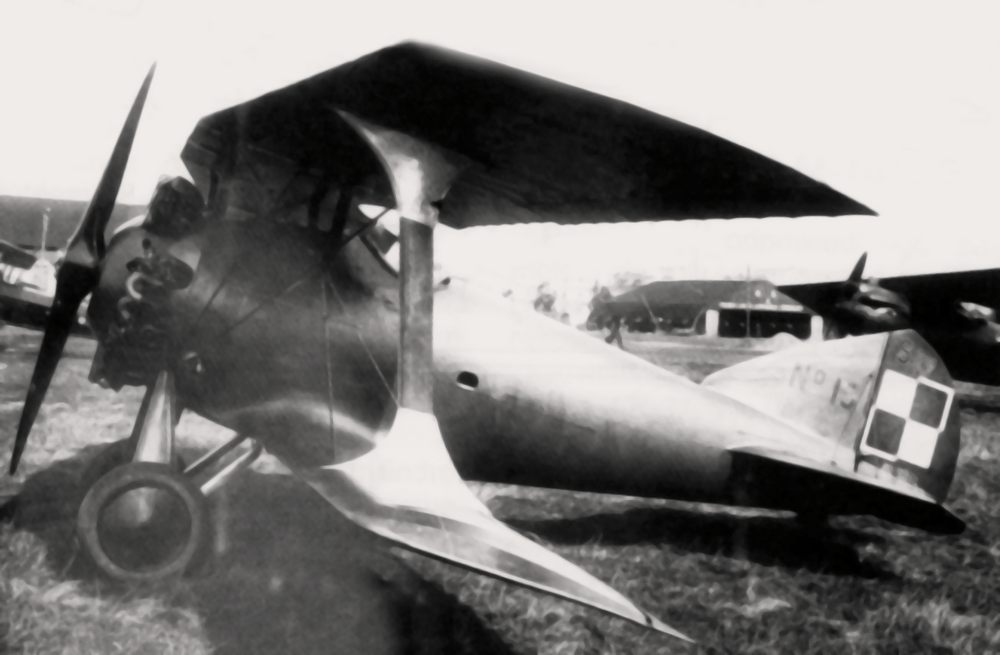
- 1. In 1926 the Institute tested the fighter aircraft SPAD S-51C1 bought in France.
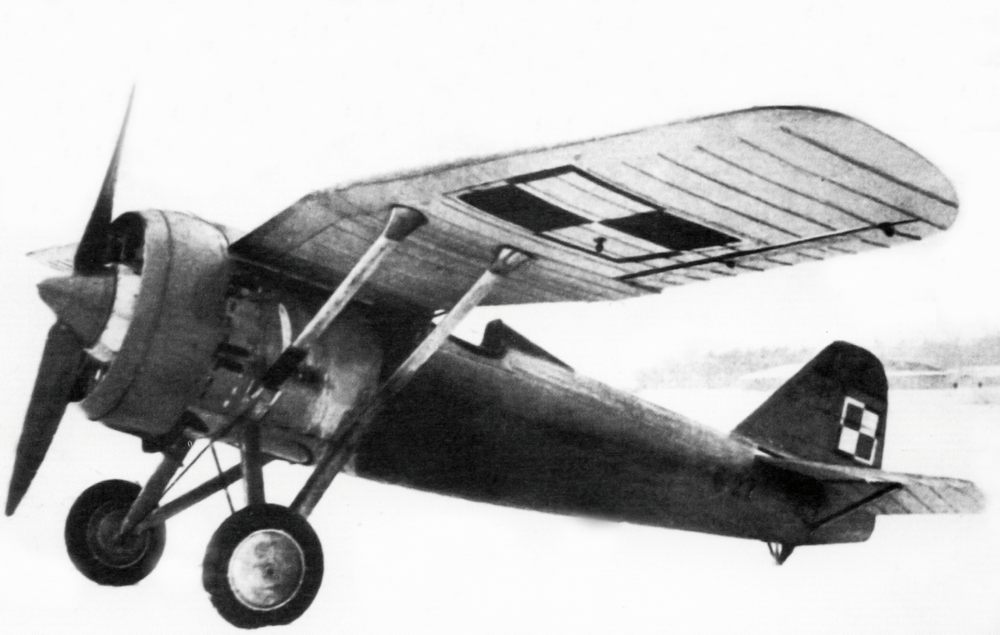
- 2. Serial fighter PZL P.7 a was tested at the Institute in 1933.
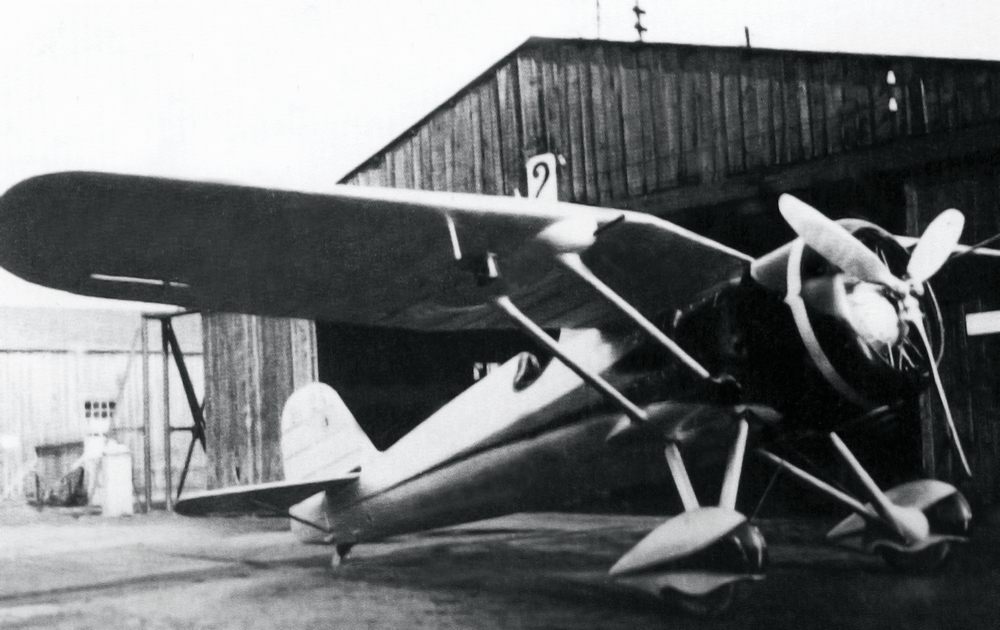
- 3. Export fighter PZL P.24/III was tested in the Institute in 1934 and 1935.
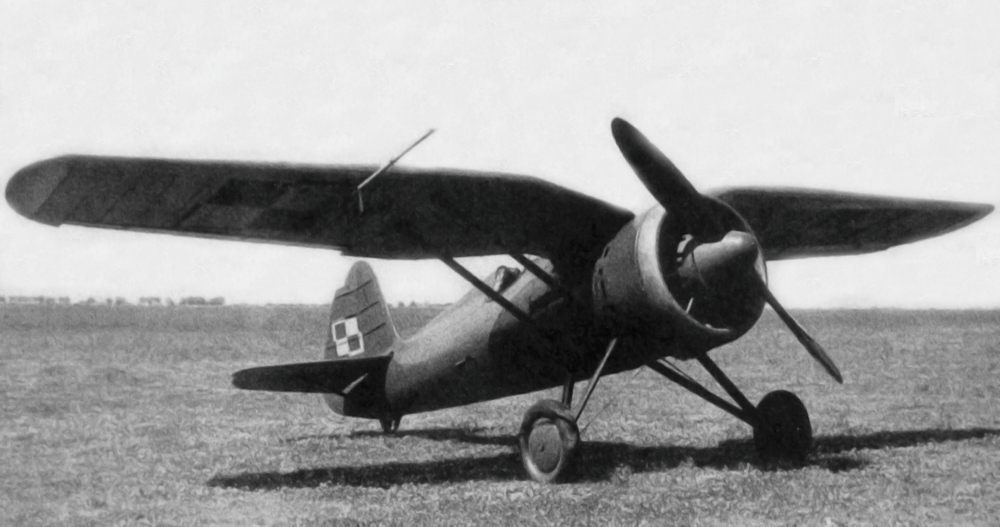
- 4. The P-11 C tested in the Institute in the spring of 1935.
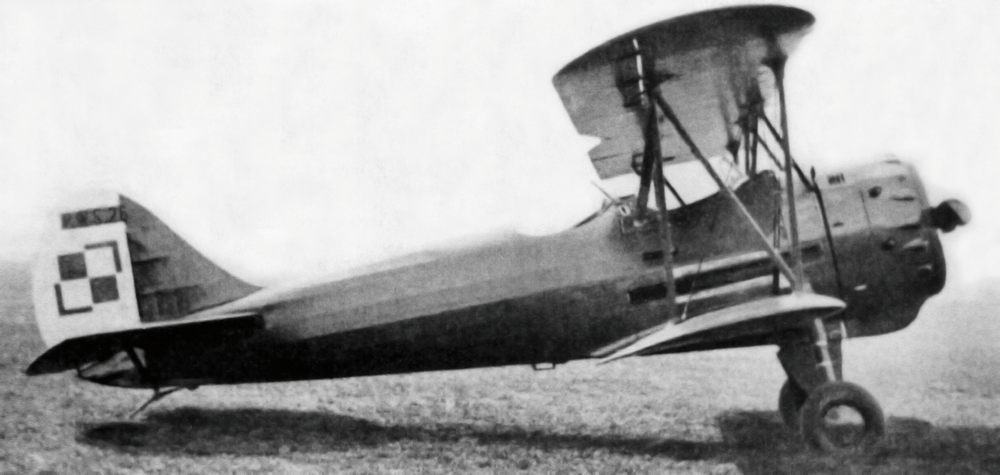
- 5. Trainer aircraft PWS-26, tested in the Institute in 1936. In these days, tested aicrafts had the rudder painted white.

- 6. The PZL.42 (the experimental variant of the PZL.23 developed by Prof. Tadeusz Sołtyk), tested in 1936.
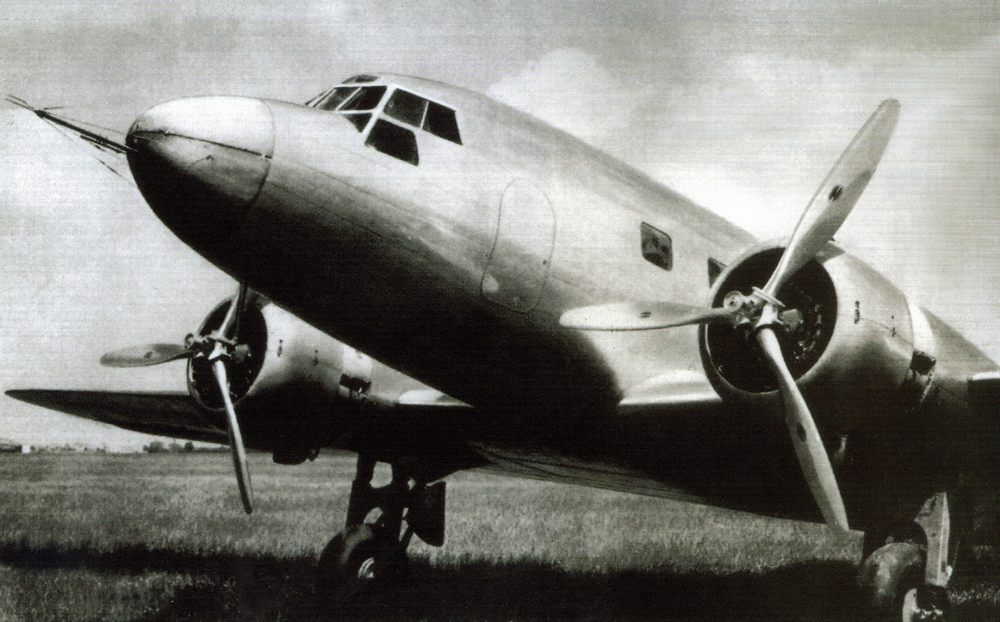
- 7. The PZL.44 Wicher tested in the Institute in 1938.
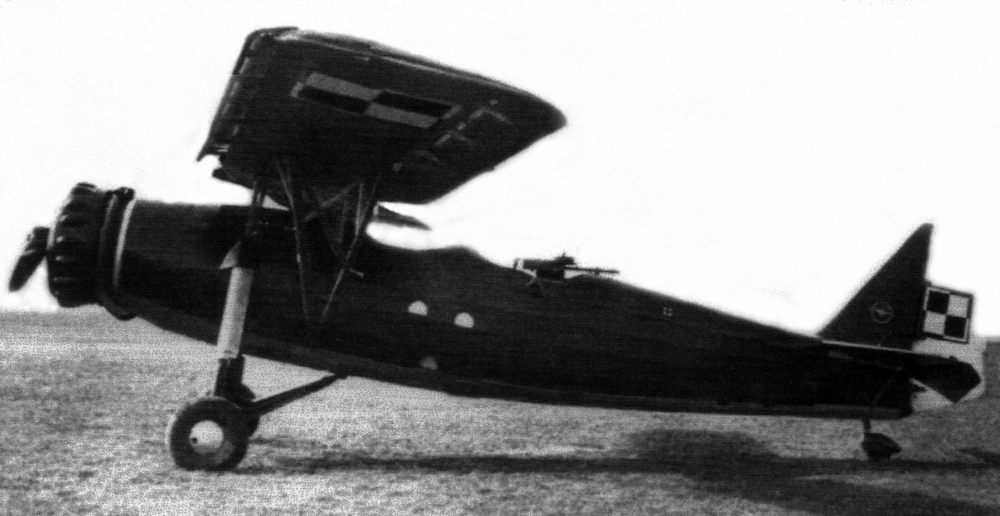
- 8. Observation and liaison aircraft RWD-14 Czapla during tests at the Institute in 1938.
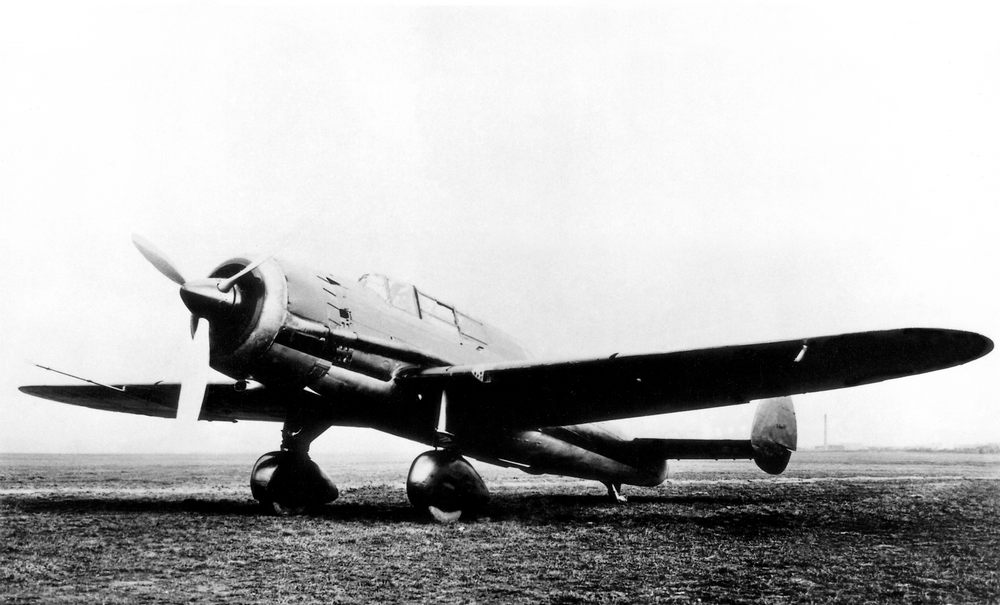
- 9. Light bomber and reconnaissance plane PZL.46 Sum tested at the Institute in 1939.
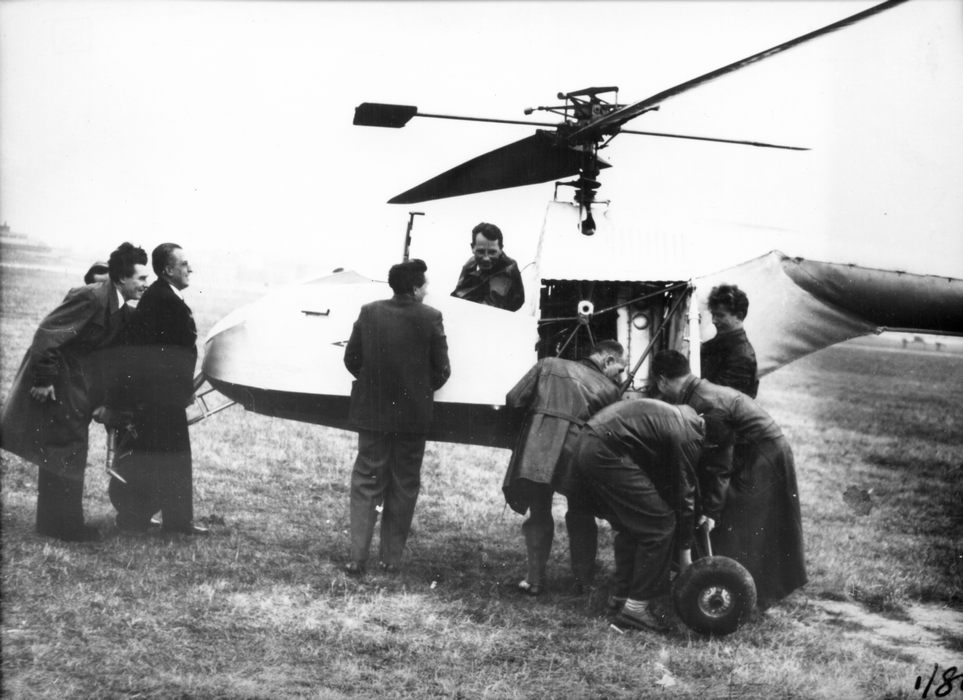
- 10. The first Polish helicopter BŻ-1 (SP-GIL) at the start of the tests in 1950.
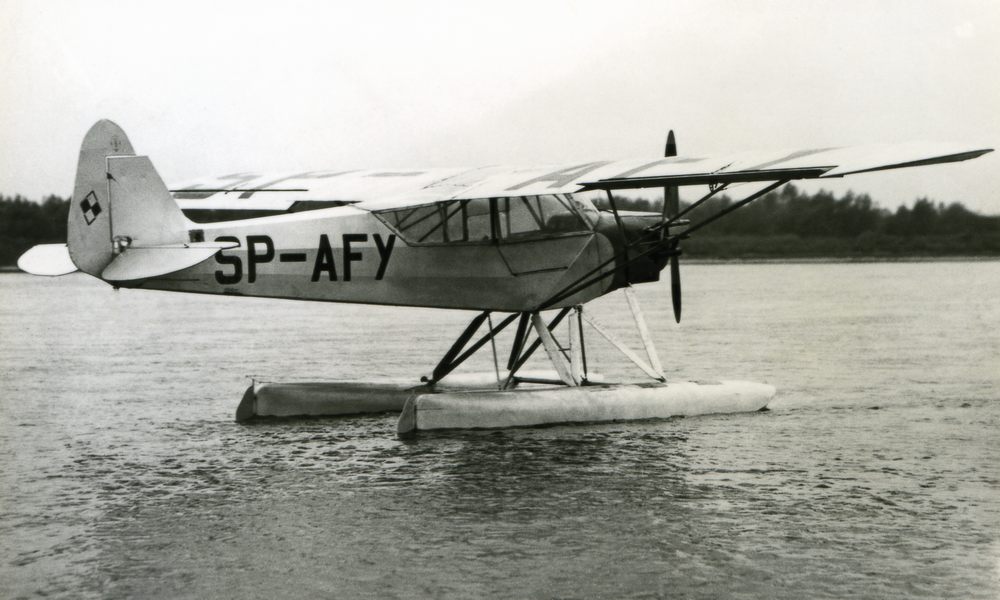
- 11. The Piper L-4 H Cub floatplane variant developed at the Institute in the early 1950s.
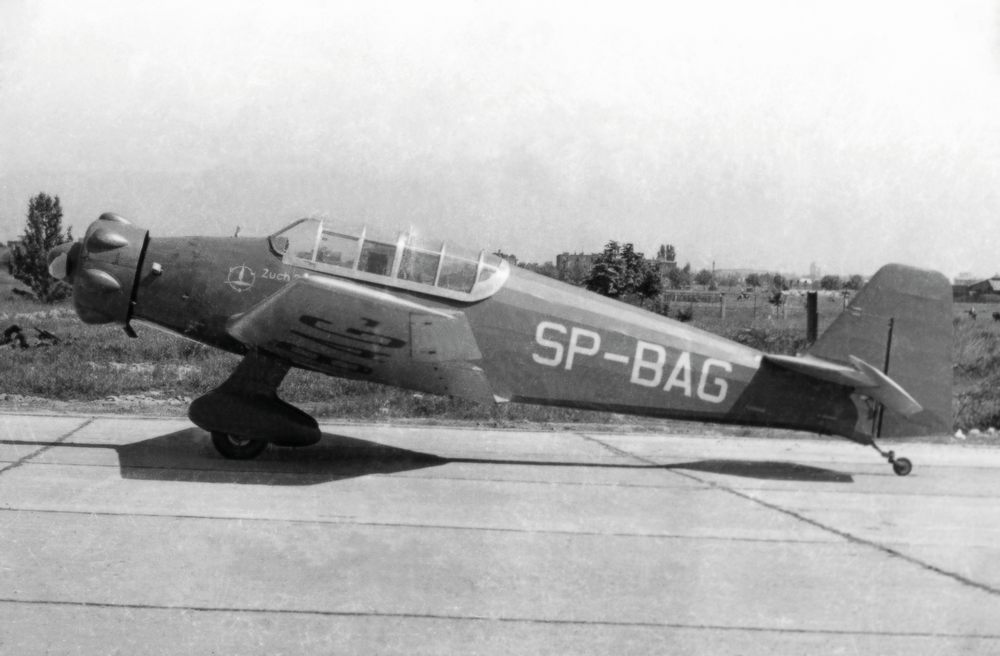
- 12. The prototype of the trainer aircraft Zuch 2 tested in flight in 1949.
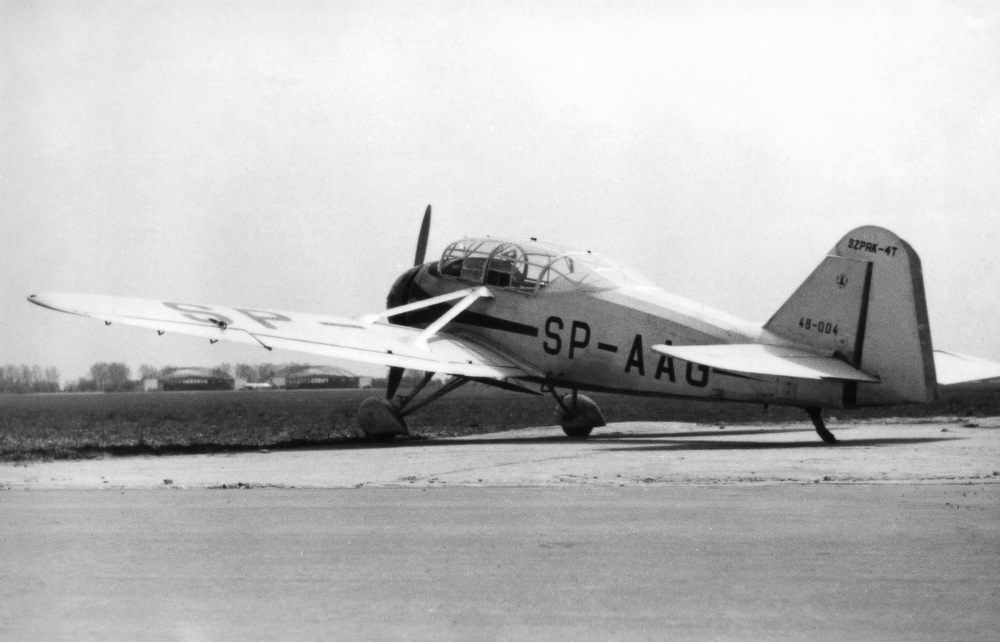
- 13. The Szpak 4T – certified in 1949 and subsequently used at the Institute until 1955 as a utility aircraft.
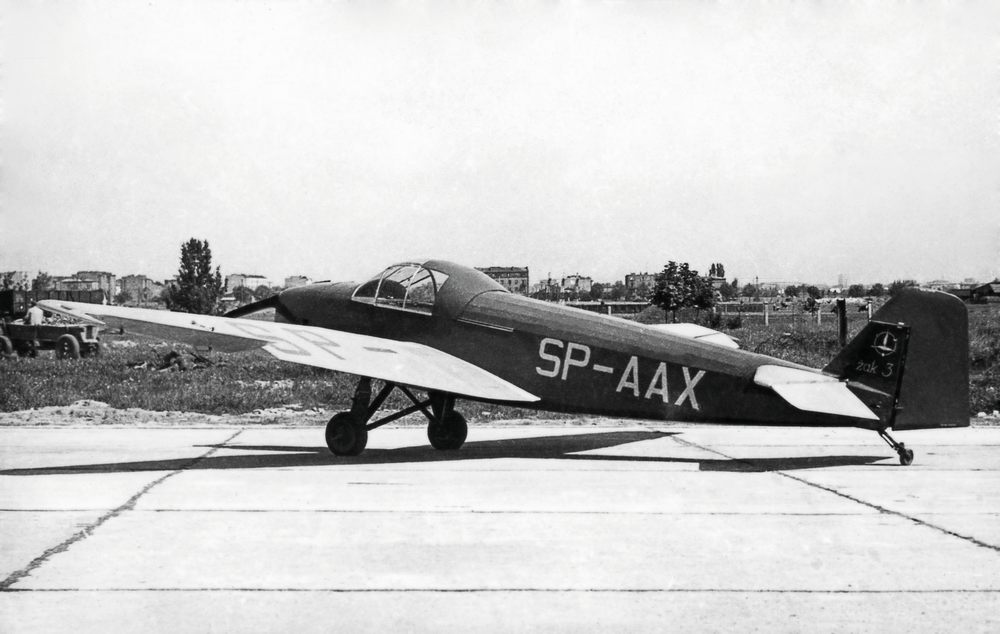
- 14. The Żak 3 – certified at the Institute in 1949.
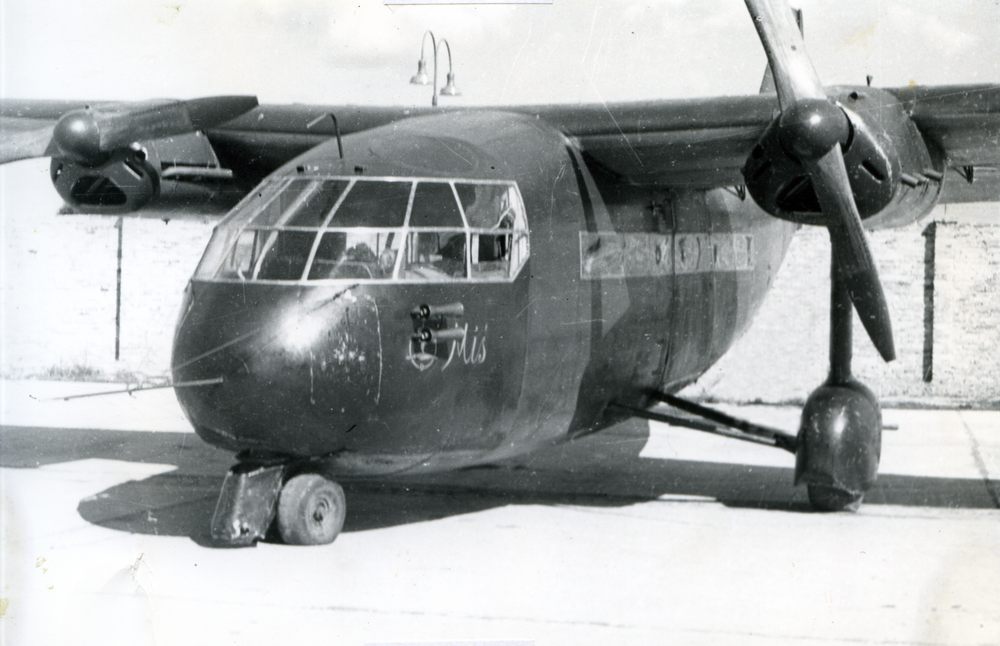
- 15. Light transport aircraft Miś developed by Prof. Tadeusz Sołtyk and tested at the Institute in 1951.

- 16. Tests of the motor glider Pegaz.
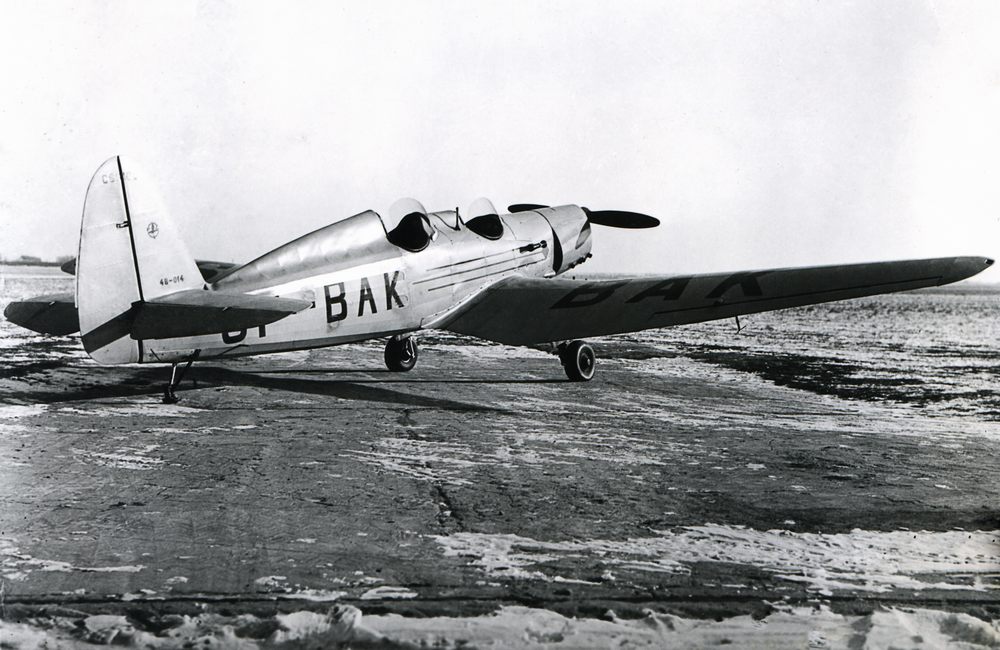
- 17. The prototype of the trainer aircraft CSS-10C tested at the Institute.
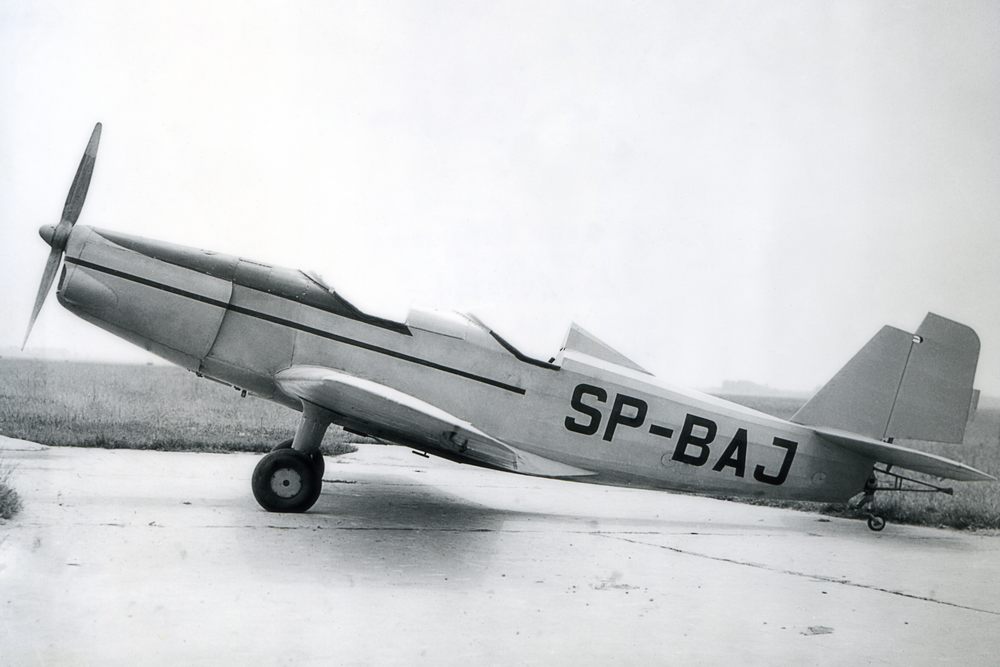
- 18. The prototype of the aerobatics trainer CSS-11, tested at the Institute.

- 19. Aerobatics glider IS-4 Jastrząb certified at the Institute in 1951.

- 20. Licensed fighter Lim-2 (MiG-15). Polish prototypes were tested at the Institute.
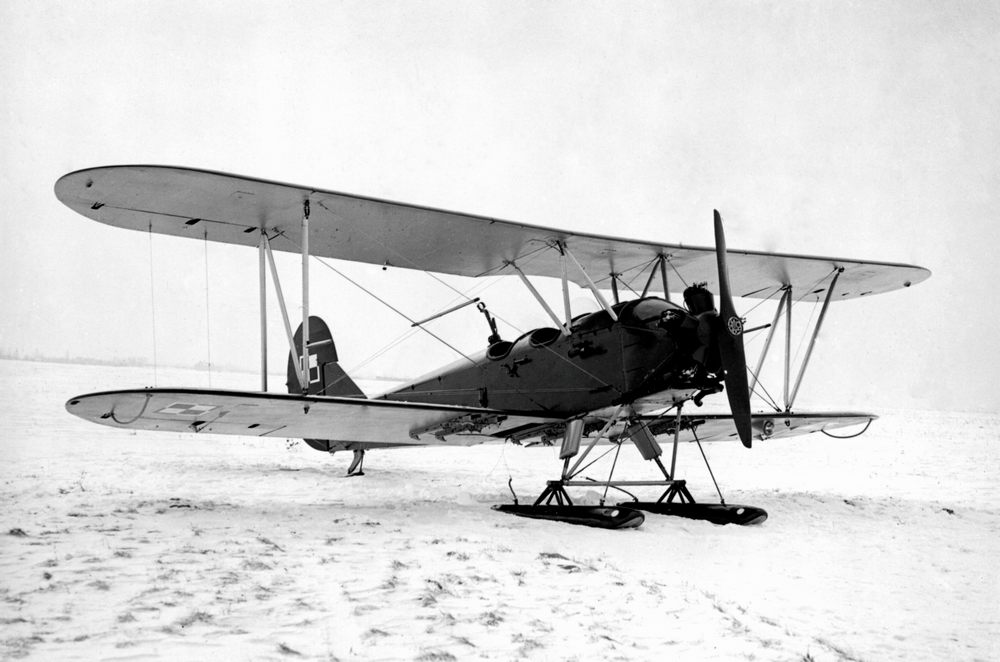
- 21. General-purpose aircraft CSS-13 – the modified licensed version of the Soviet Po-2. The Institute carried out certification tests of serial aircraft and static tests of the wing cell of the biplane.

- 22. In 1951 the Polish advanced trainer Junak 2 was certified at the Institute. The Institute also carried out tests of serial aircrafts.
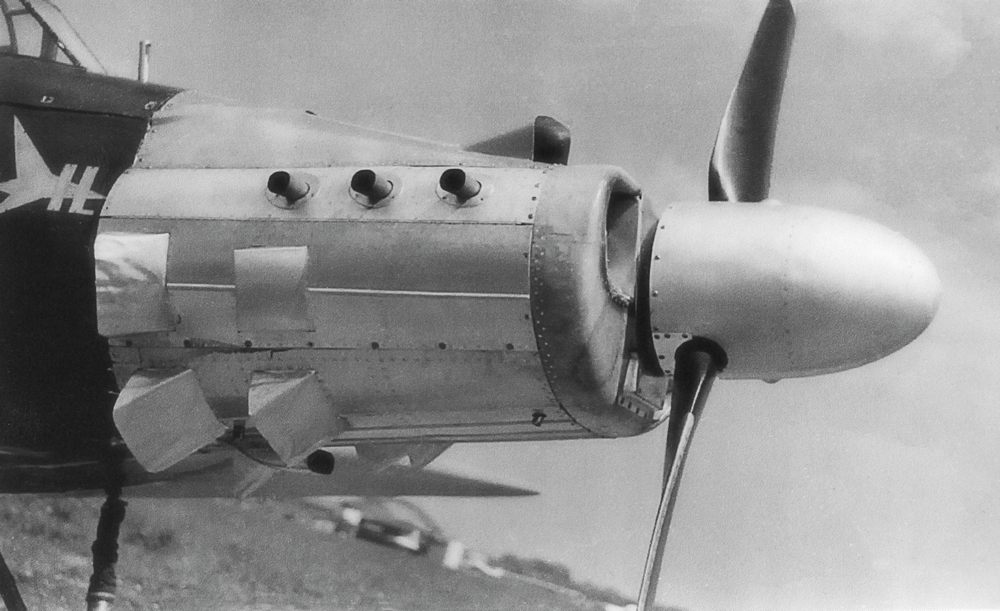
- 23. 6-cylinder WN-6 engine tested on the Junak-2.
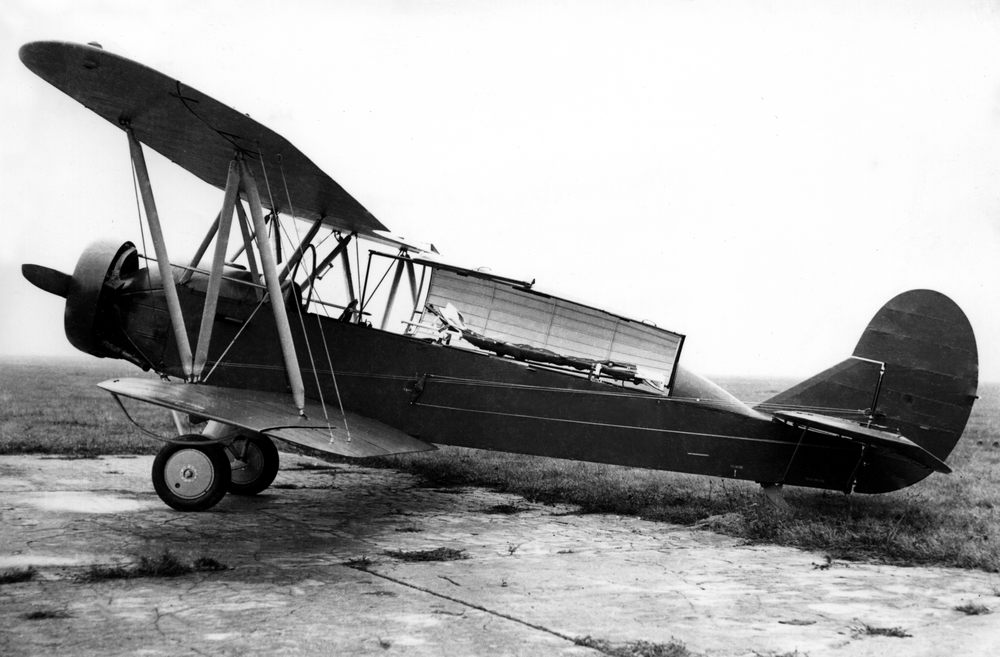
- 24. The prototype of the ambulance aircraft CSS-13S. Developed and tested at the Institute in 1953.

- 25. Static tests of the aircraft Junak 3 in 1953.

- 26. Initial tests of the first prototype of the advanced trainer aircraft TS-8 Bies flown on 23rd July 1955. Chief designer was Prof. Tadeusz Sołtyk.
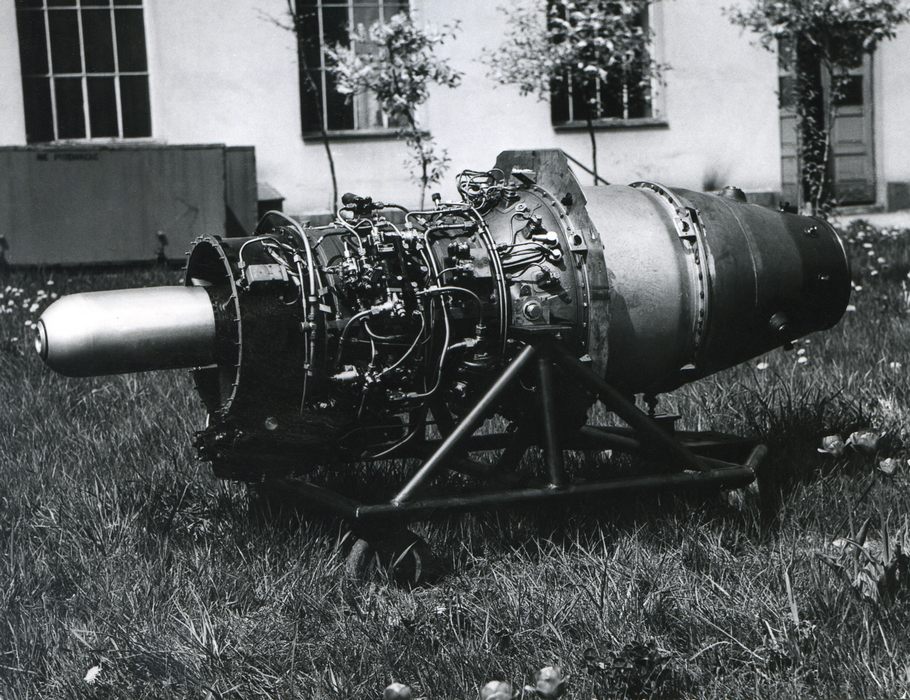
- 27. The SO-1 engine. The works on the first Polish jet engine SO-1 generating thrust of 980 daN began in 1956.

- 28. The second prototype of the TS-8 Bies on its way to Paris Air Show in 1957. An auxiliary fuel tank was fitted under the left wing to extend the flying range of the aircraft. Test pilot Andrzej Abłamowicz sits in the first cabin.
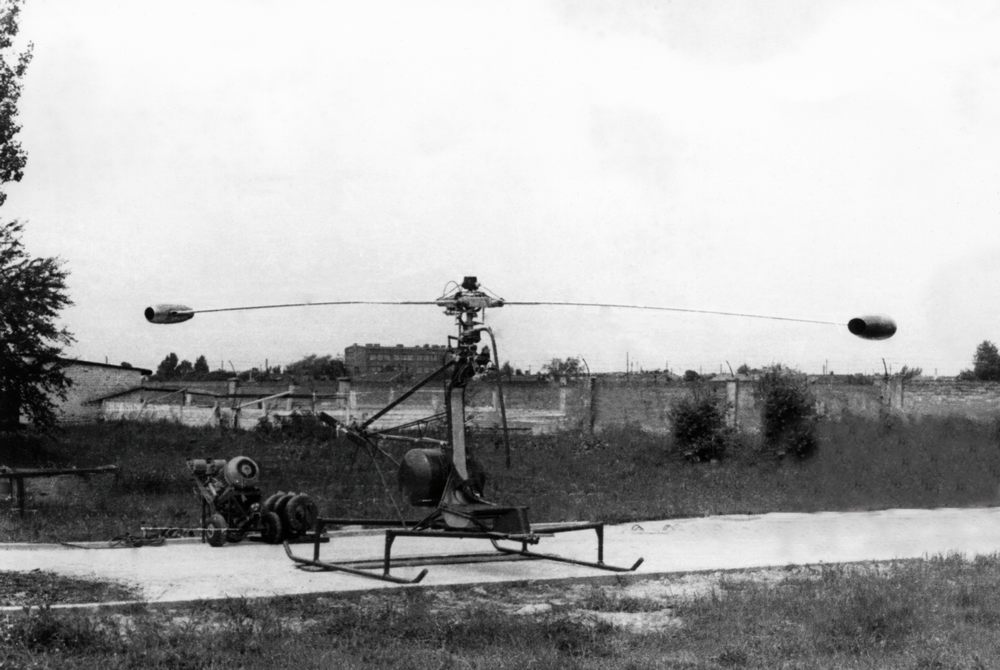
- 29. Experimental ramjet helicopter JK-1 Trzmiel powered by a ramjet engine developed at the Institute in 1957.
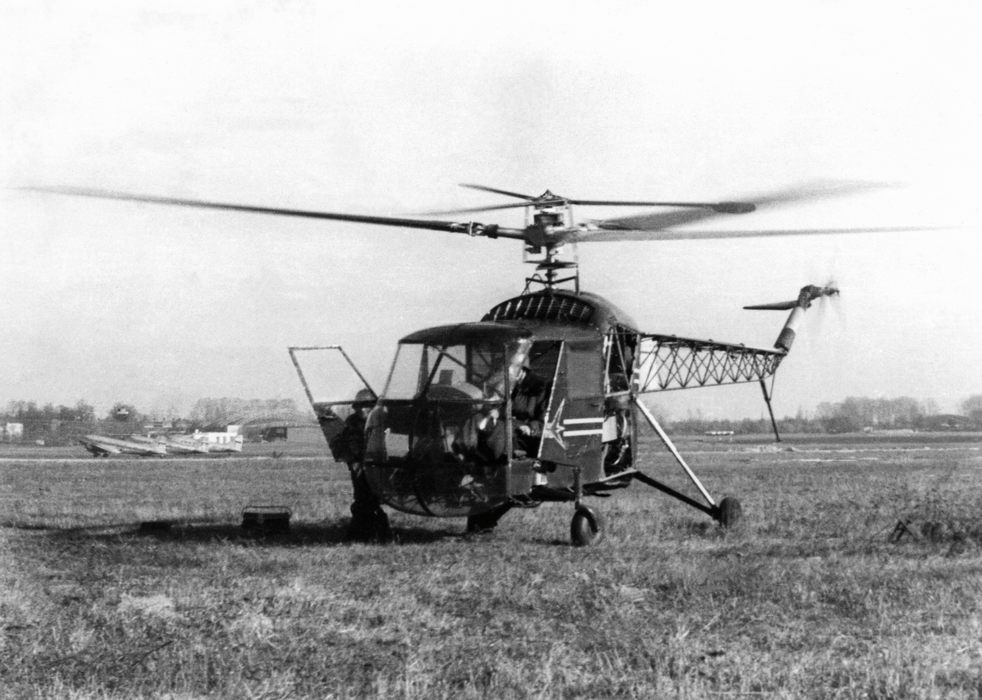
- 30. General-purpose helicopter BŻ-4 Żuk. Chief designer: Bronisław Żurakowski.
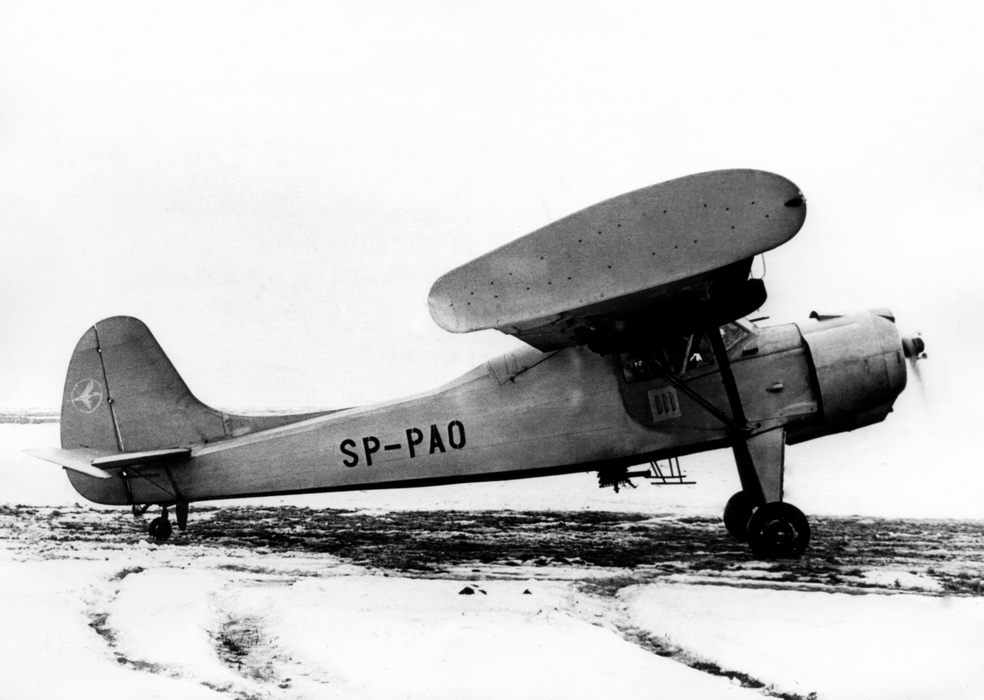
- 31. The prototype of the agricultural aircraft PZL-101 Gawron. The certification tests were carried out at the Institute in 1957.
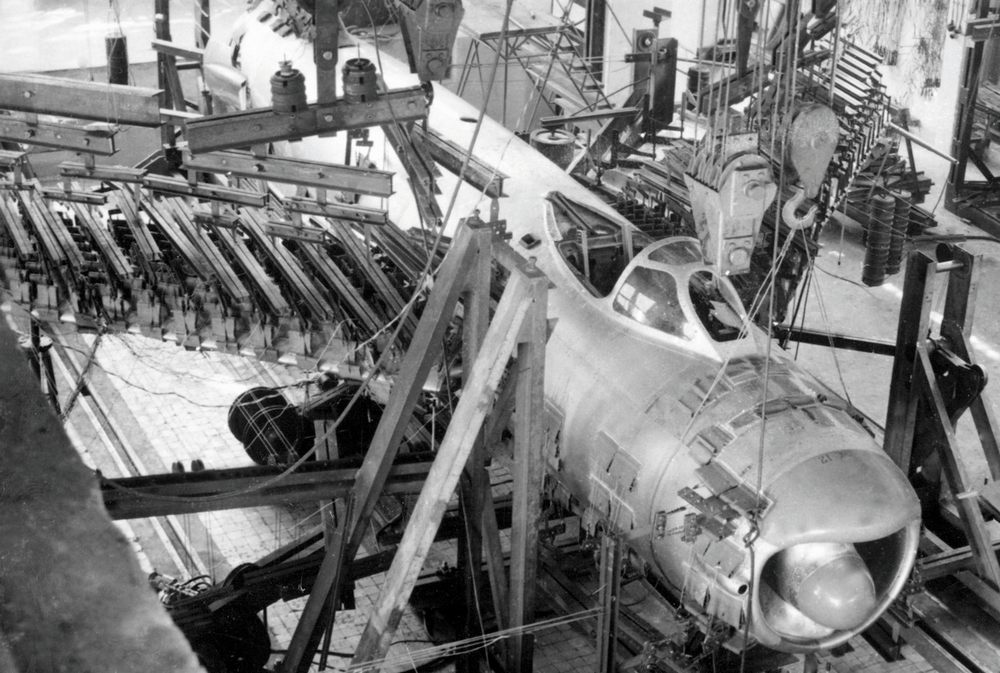
- 32. Static tests of the Lim-5PF (the fighter-interceptor version) carried out at the Institute in 1958.

- 33. Model tests of the MD-12 in the wind tunnel in 1958.

- 34. The prototype of the PZL-102 Kos tested at the Institute in 1957.
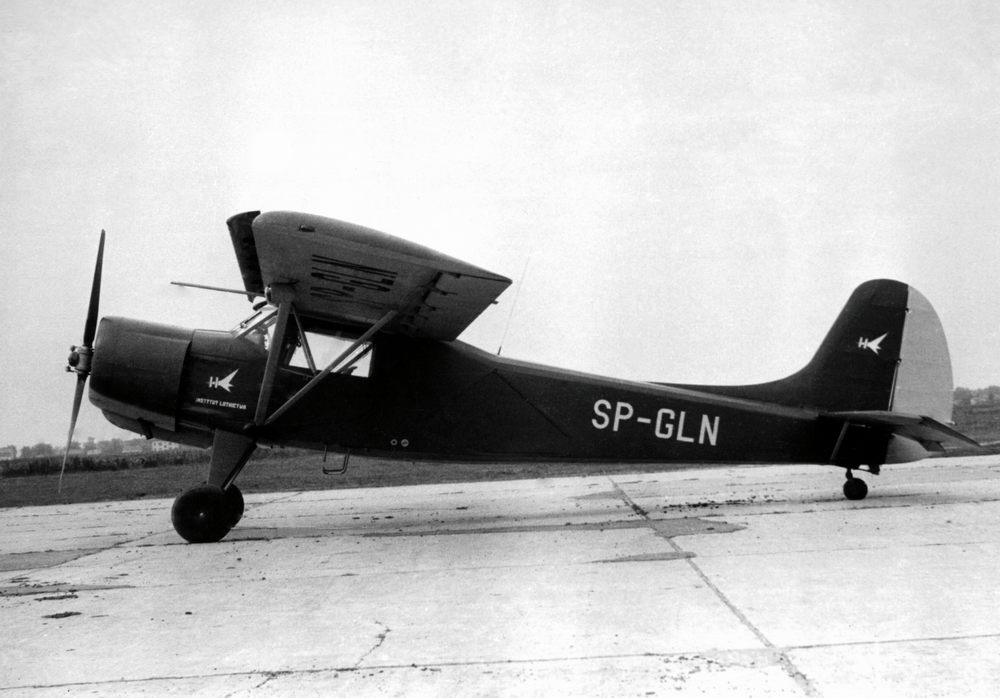
- 35. The Jak-12 M SP-GLN after flight tests, which served as a general-purpose aircraft of the Institute. The photo was taken in 1959.
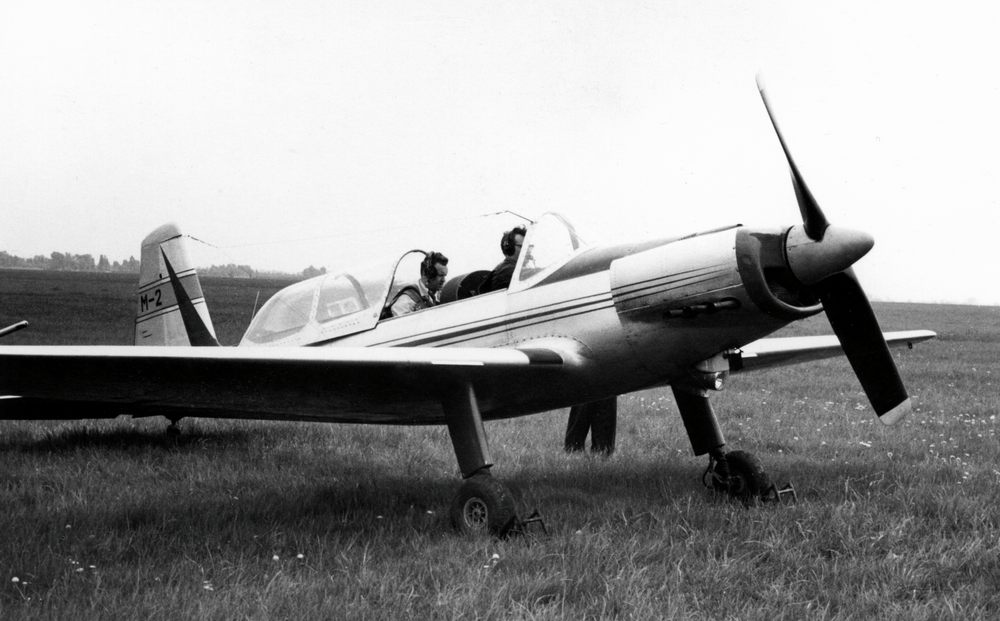
- 36. The M-2 during tests at the Institute in 1960.
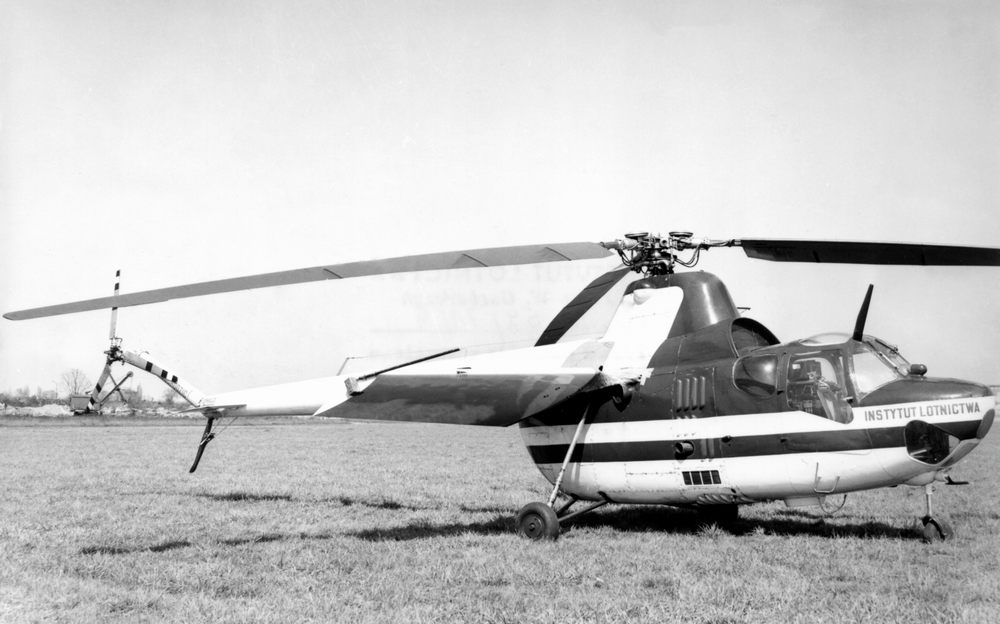
- 37. Helicopter SM-1, in 1957 handed over to the Institute for the test purposes and subsequently used as a general-purpose aircraft. Here shown during investigating the effect of additional wings. The year 1971.

- 38. Helicopter SM-2 during testing at the Institute.

- 39. The second prototype of the passenger aircraft MD-12. The Institute was responsible for production trials, certification and trail service of the aircraft, including passenger flights from Warsaw to Rzeszów, in 1961.
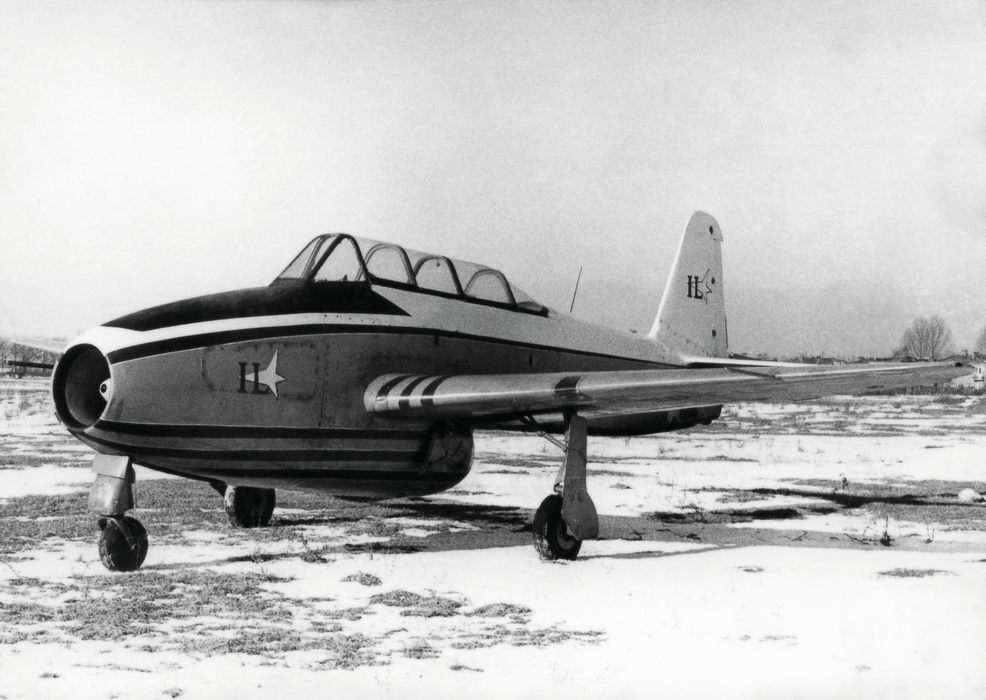
- 40. The Yak-17 was used at the Institute for pilot training in the late 1950s

- 41. The first prototype (for flight tests) of the TS-11 Iskra flown by the test pilot Andrzej Abłamowicz in February 1960.
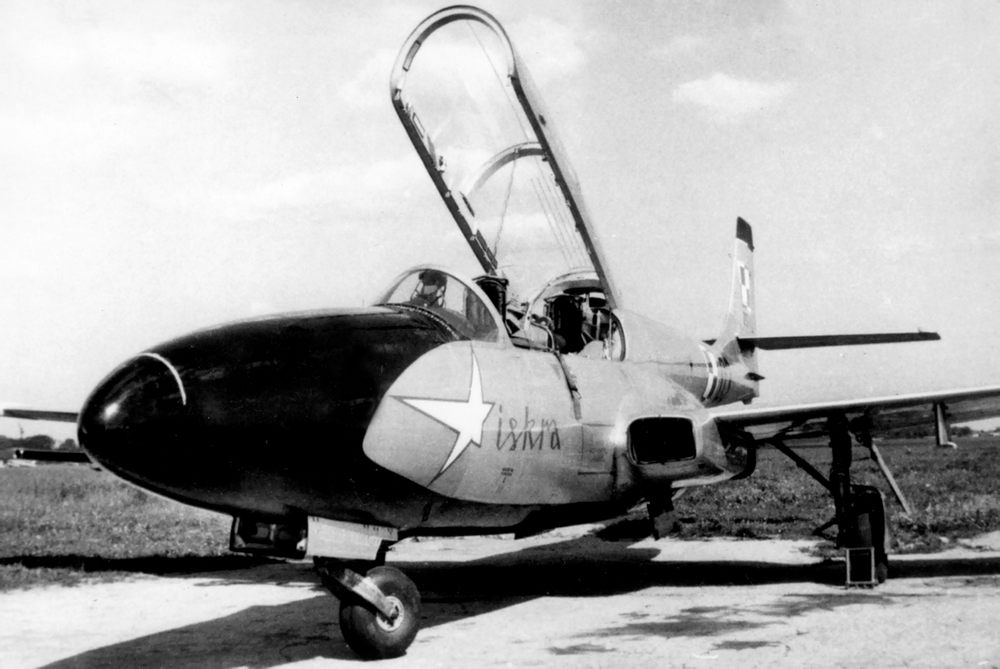
- 42. The second prototype of the jet aircraft TS-11 Iskra intended for flight tests at the Institute.
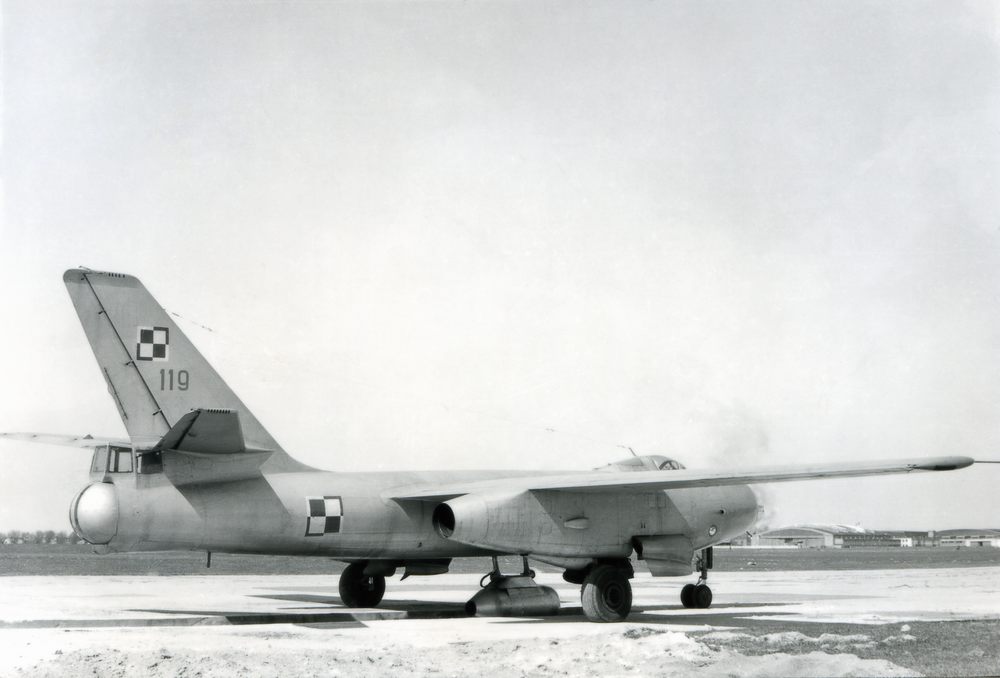
- 43. The flying engine test bed – IŁ-28 during ground tests of SO-1 engine preceding the flight tests. The year 1963.

- 44. The sounding rocket Meteor -1 , max. Altitude: 37 000 m, in serial production (224 units). Developed at the Institute.
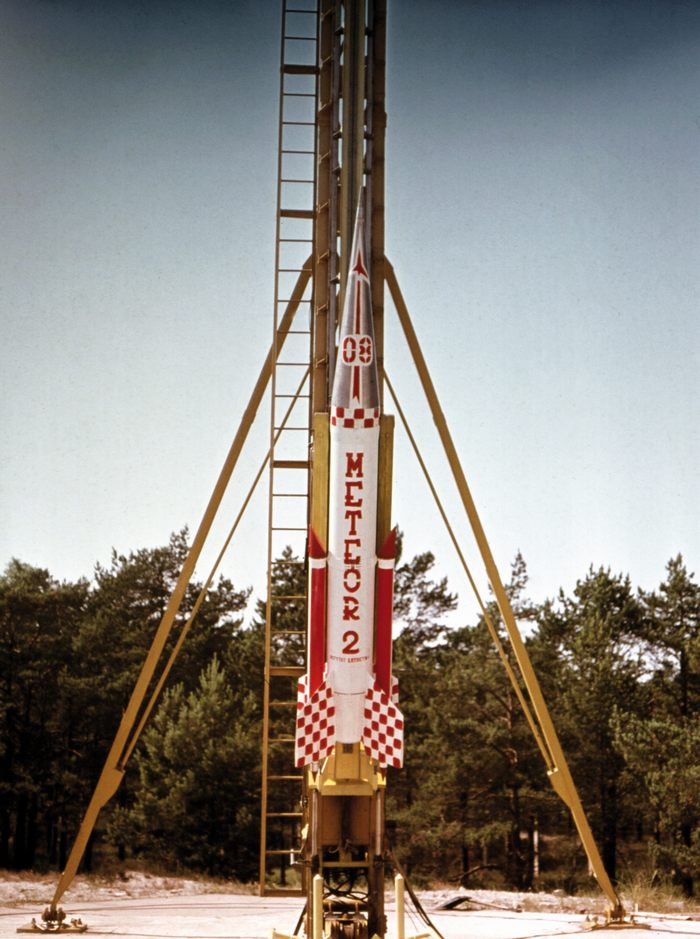
- 45. The sounding rocket Meteor-2 with two auxiliary rocket boosters reached an altitude of 90 000 m. Developed at the Institute.
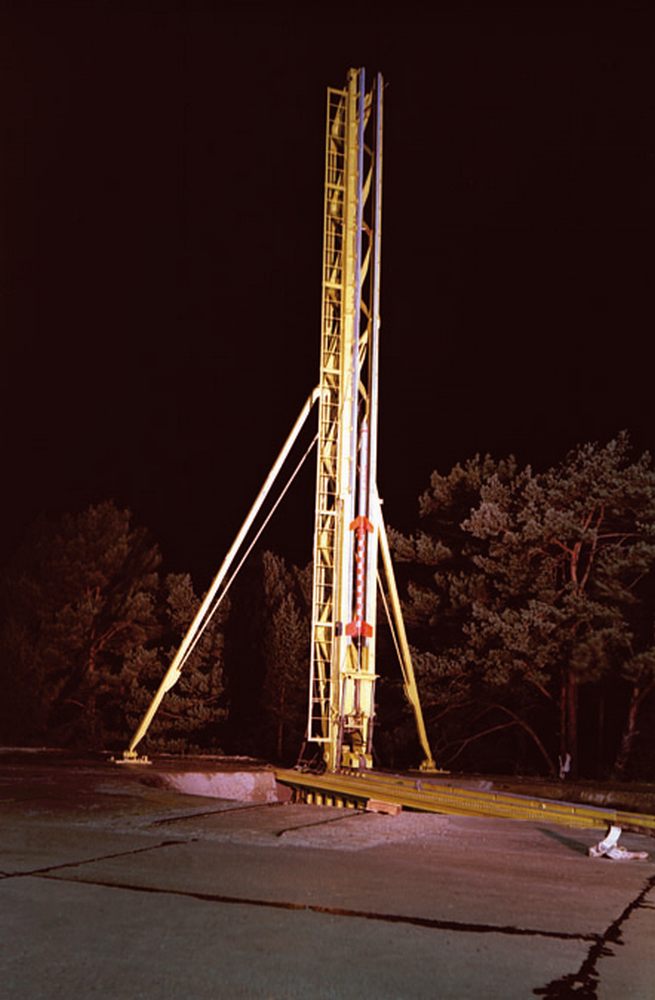
- 46. The sounding rocket Meteor 3, produced in a short series, enabled the wind profile measurements at altitudes between 55 000 – 65 000 m. Developed at the Institute.
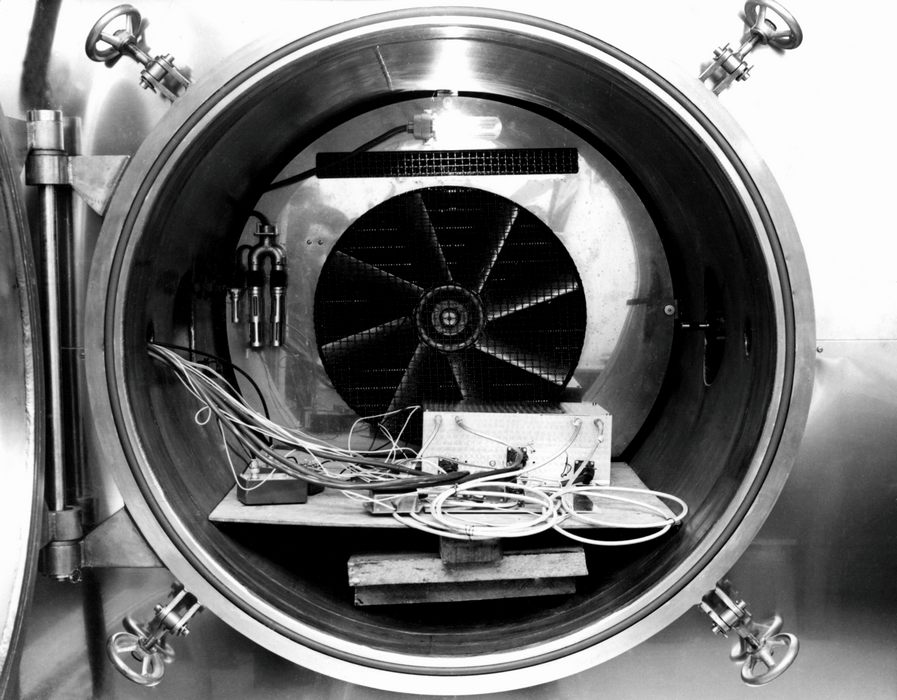
- 47. Radio spectrometer IRS in the vacuum chamber. The Institute has continued space research since 1969 designing and making electronic satellite equipment.
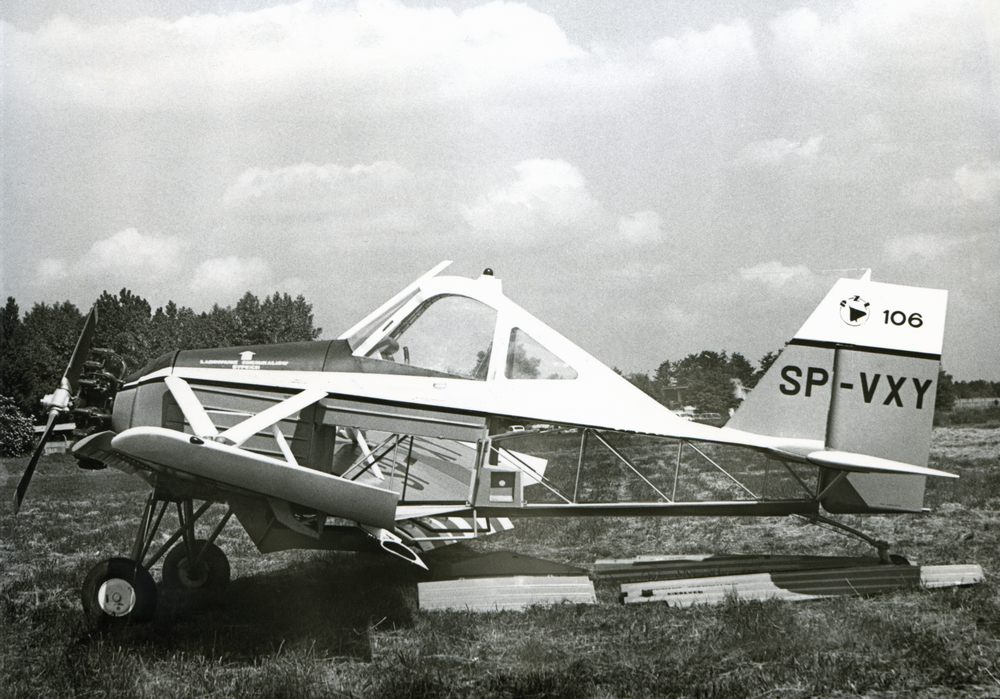
- 48. The mock-up of the PZL-106 Kruk designed at the Institute in 1970 and 1971.

- 49. Preparations for the M-15 program. The Lala-1 experimental aircraft investigating the effect of the jet engine on chamical spray using pneumatic conveying systems.

- 50. M-18 Dromader agricultural aircraft tested at the Institute in 1977.
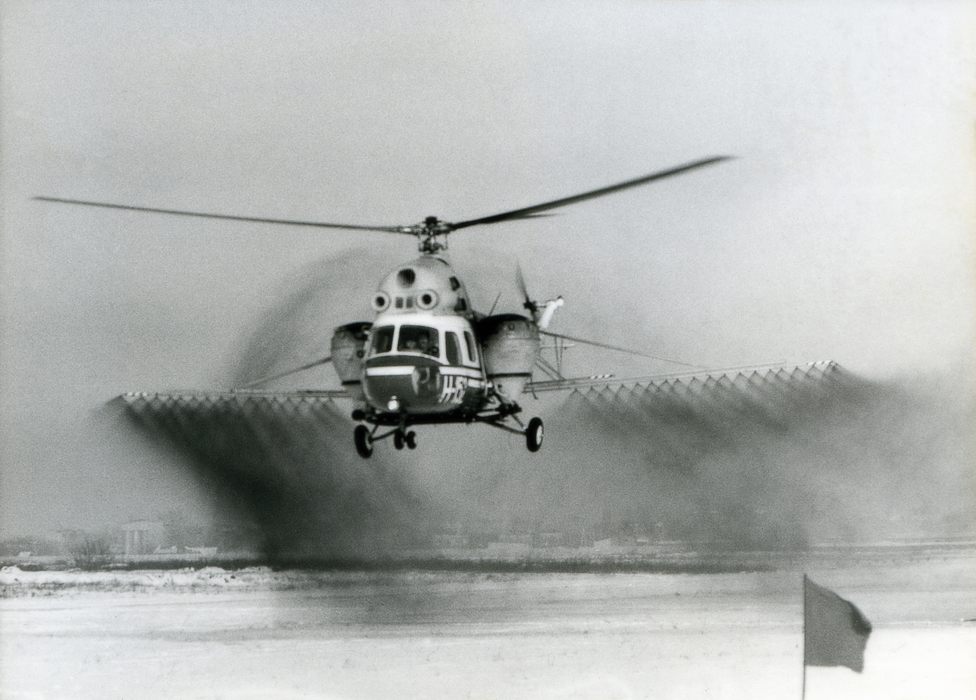
- 51. Tests of crop spraying systems on the helicopter Mi-2 in 1974.
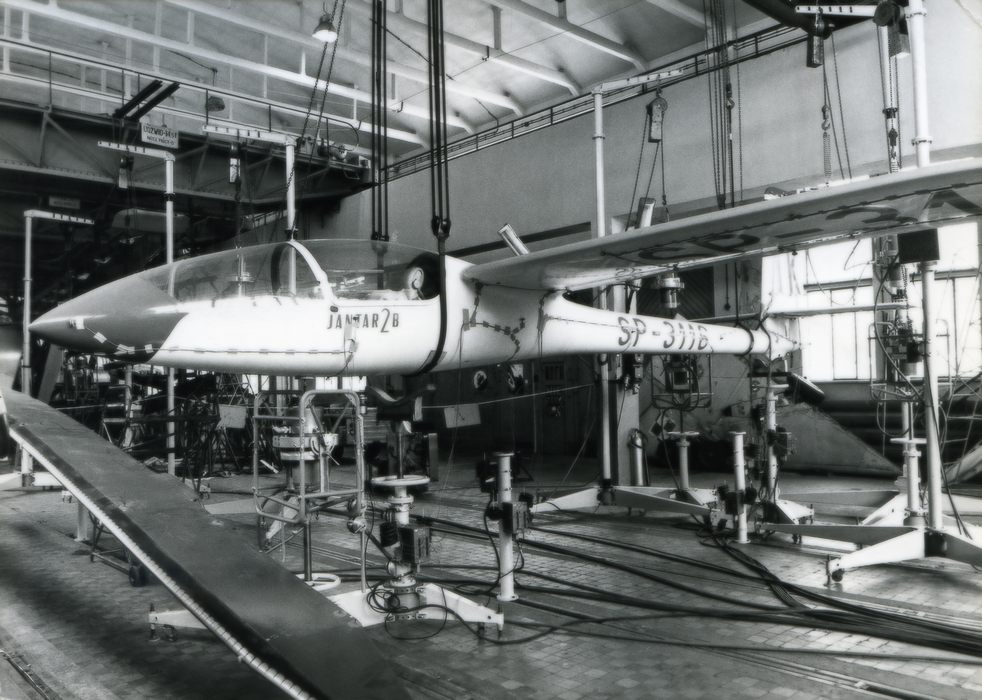
- 52. Badania rezonansowe szybowca SZD-17 Jantar 2B prowadzone w 1979 roku.

- 53. Ground vibration tests of the PZL M-20 Mewa in the early 1980s.
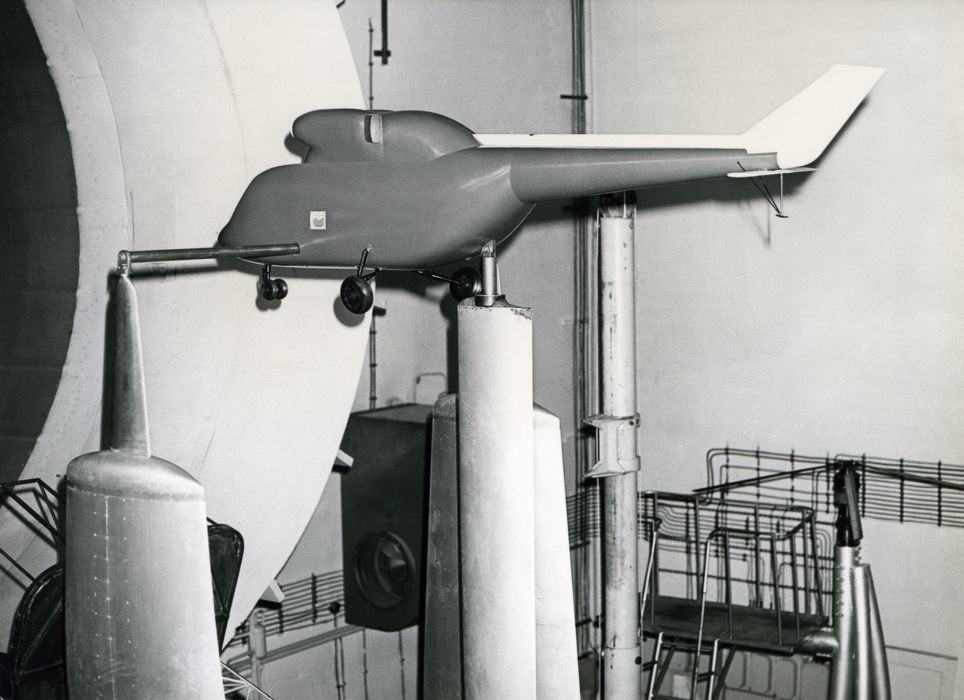
- 54. Aerodynamic tests of the helicopter PZL Sokół in 1980.

- 55. Aerodynamic tests of the sailing ship Dar Młodzieży in 1980.
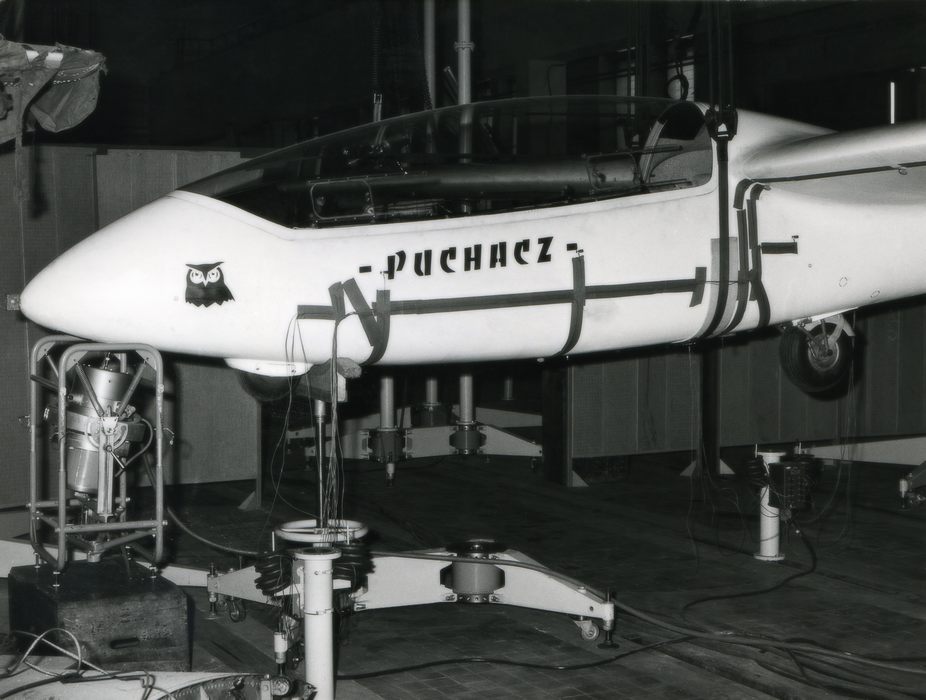
- 56. Ground vibration tests of the glider SZD-Puchacz in 1981.
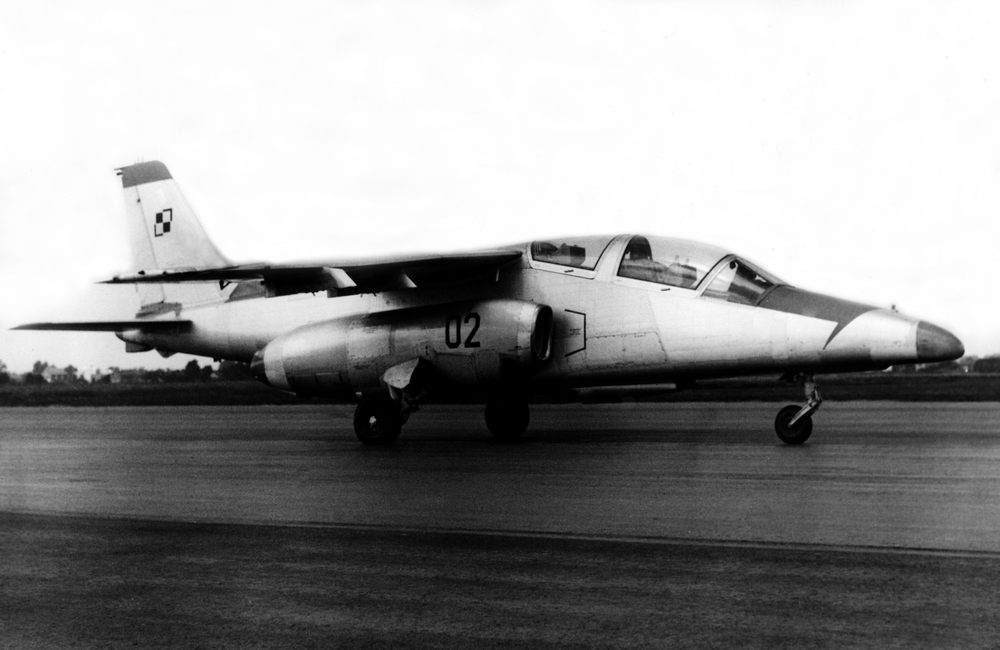
- 57. Prototype of the I-22 with the designation number 102 flown on 5th March 1985 by the test pilot of the Institute, Ludwik Natkaniec.
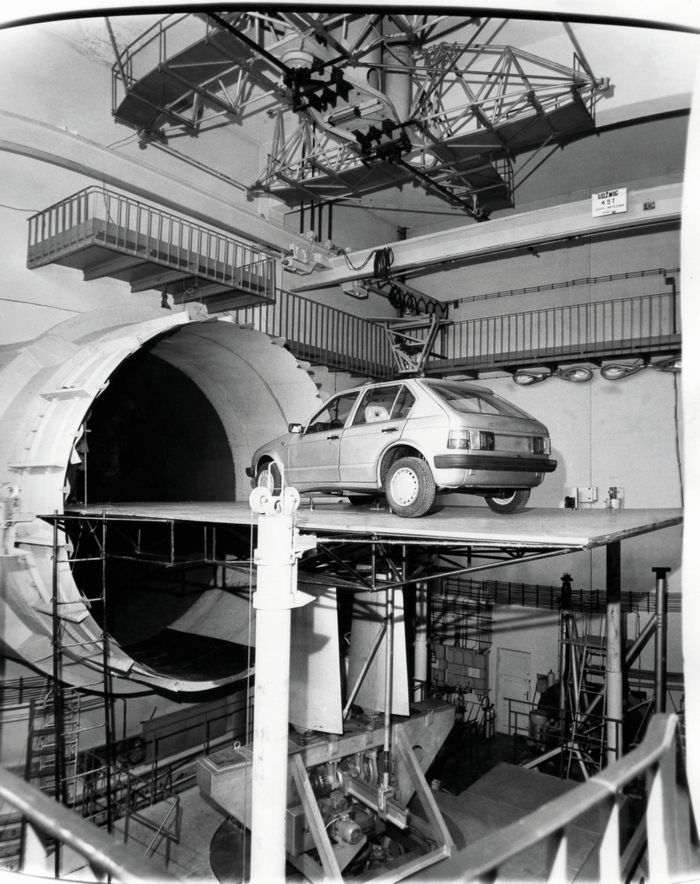
- 58. Aerodynamic tests of the prototype of the Wars car in 1987.
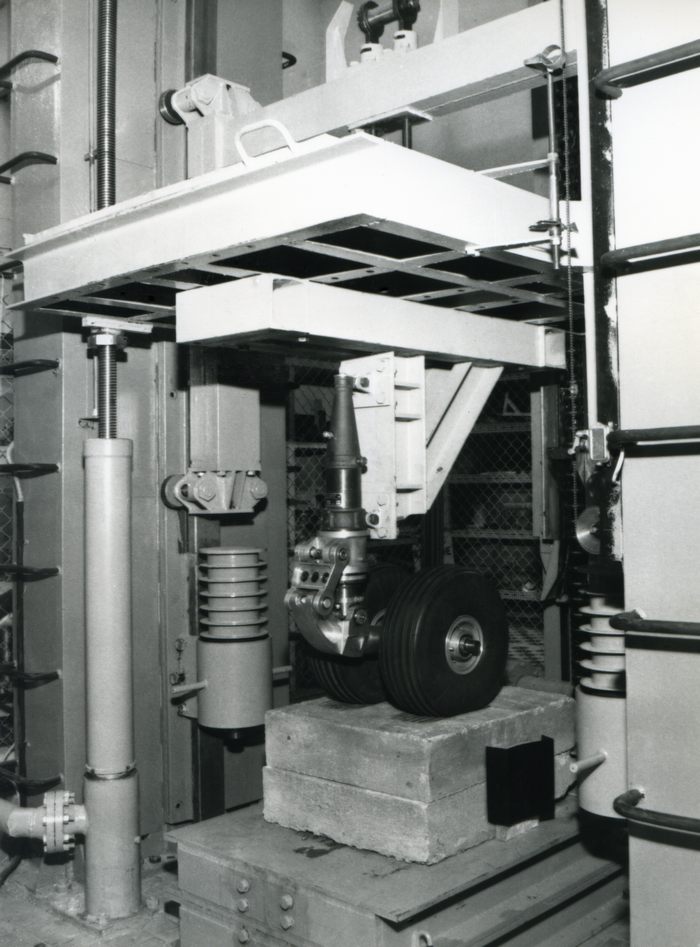
- 59. The front undercarriage of the helicopter W-3 Sokół tested on 5 T drop test machine.
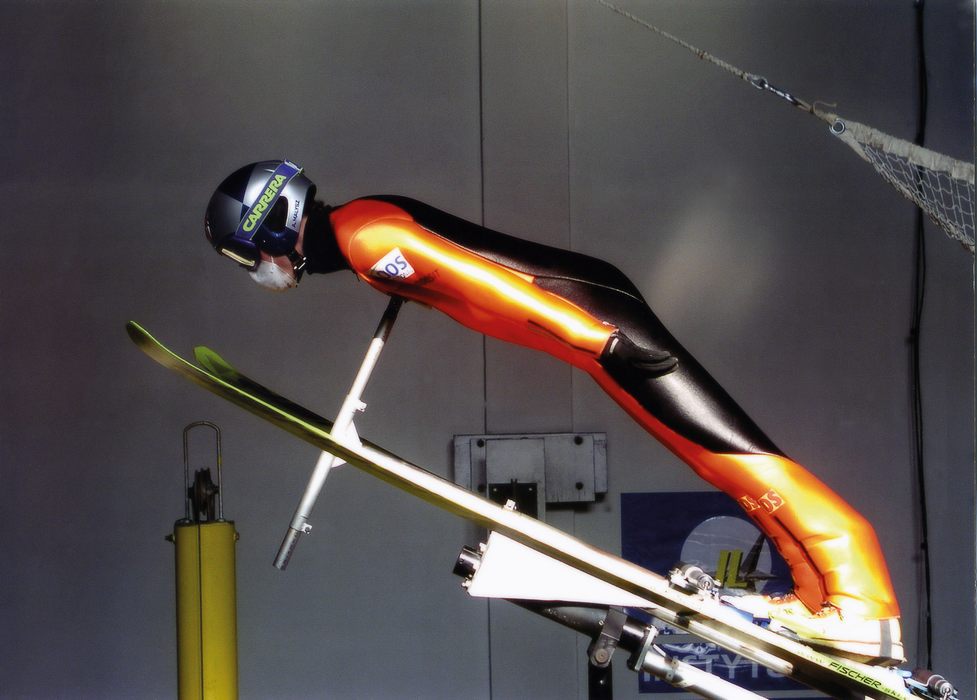
- 60. Adam Małysz during trening in the wind tunnel.
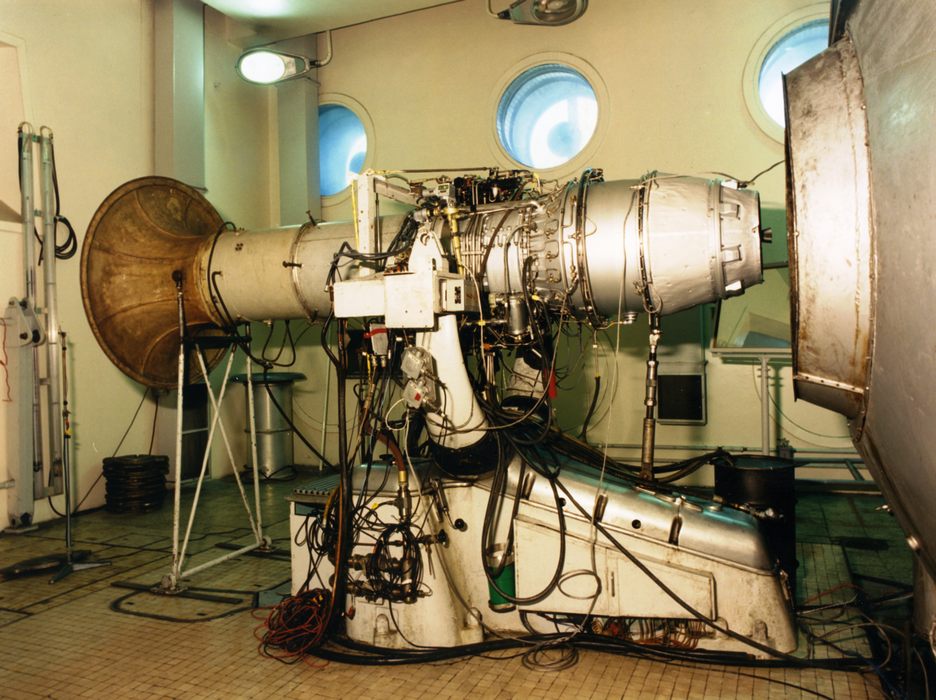
- 61. Preparations for the testing of the K-15 engine.
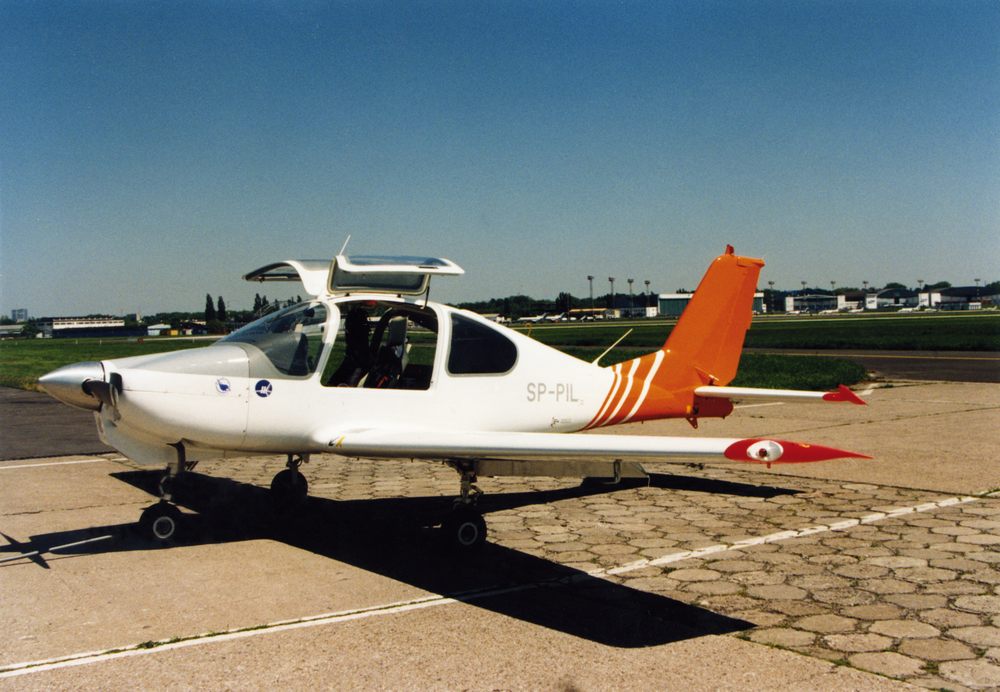
- 62. I-23 Manager. In the mid-90s the Institute began works on the I-23, a light 4-seat composite aircraft of the new generations. The chief designer was Alfred Baron.

- 63. The rescue and patrol hovercraft PRP-560 Ranger was developed for multi-task operations on inland waters, ice, marshes and coastal areas.
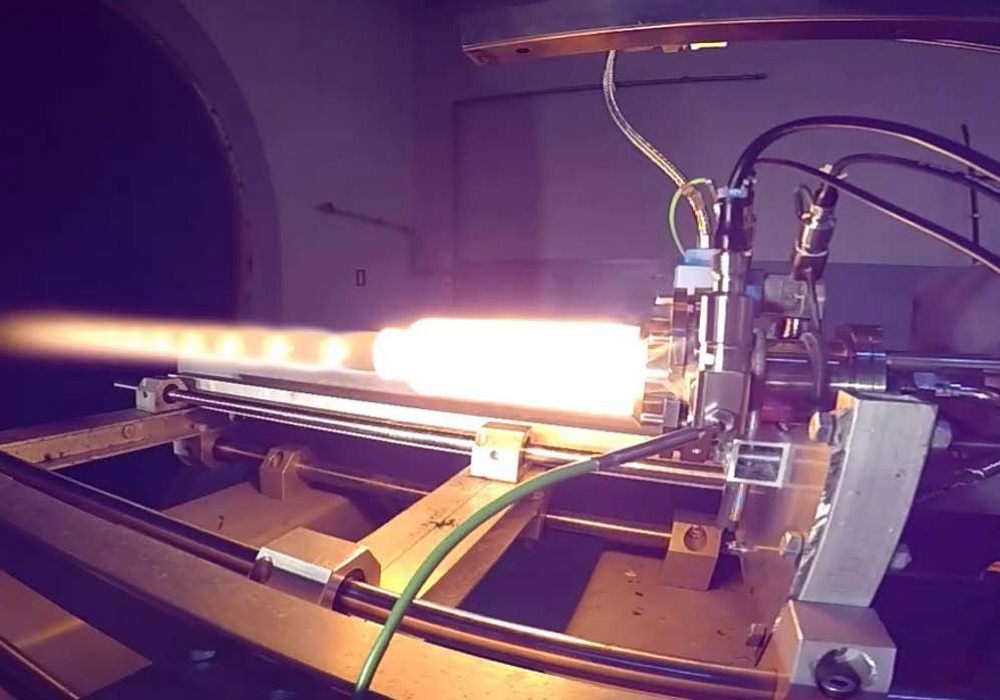
- 64. Since 2012, the Institute has been working on the technology producing and implementing the production of highly concentrated (98%) hydrogen peroxide, and has been developing rocket engines powered by hydrogen peroxide, solid fuel engines and sounding rockets.
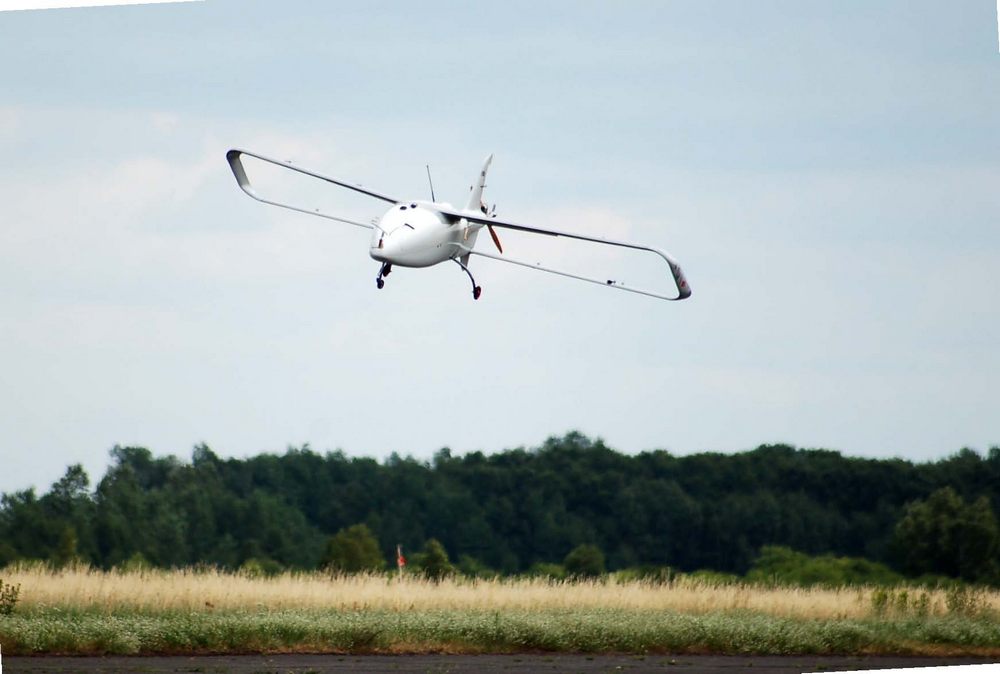
- 65. The test flight of the unmanned experimental aircraft ILX-32
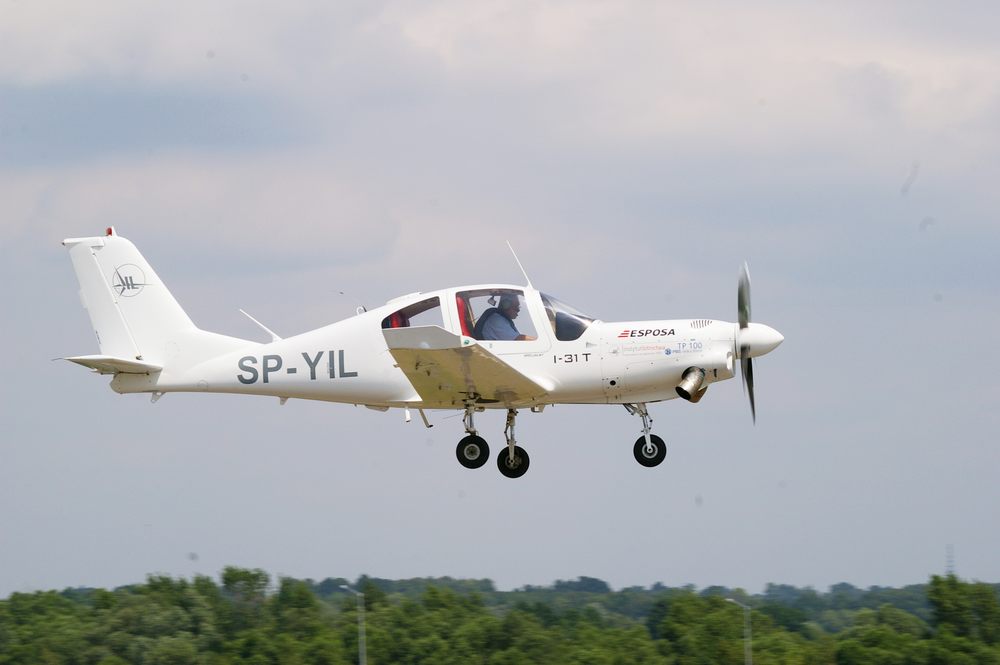
- 66. I-31 T aircraft. As part of the ESPOSA project, experts from the Institute tested a drive unit with a capacity of 169-250 HP on I-31 T plane which is a demonstrator of the new technology. Year 2016.
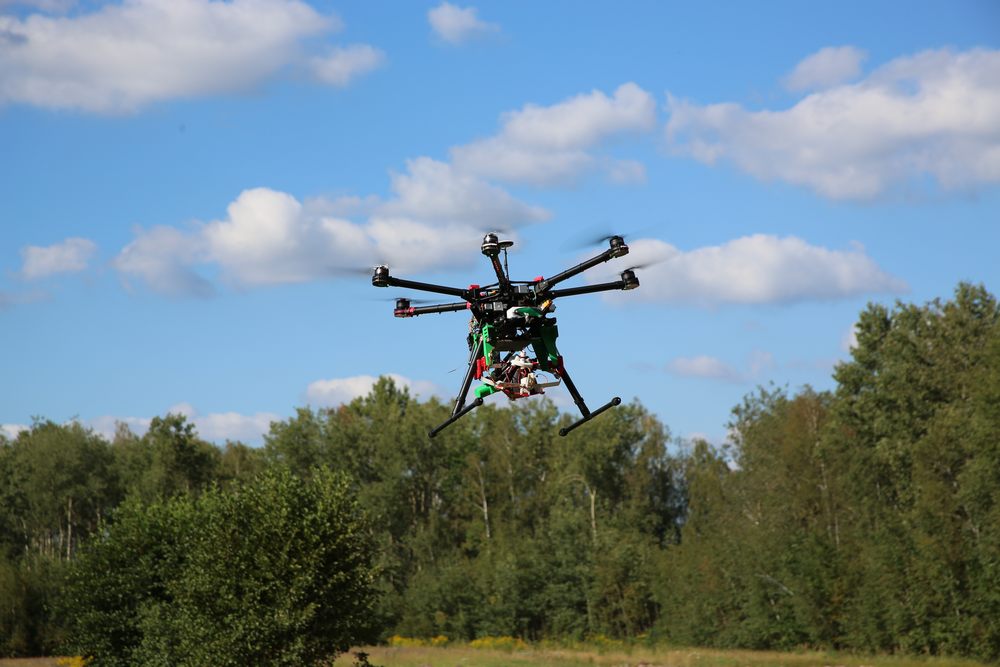
- 67. Drone capture system SUDIL-1.
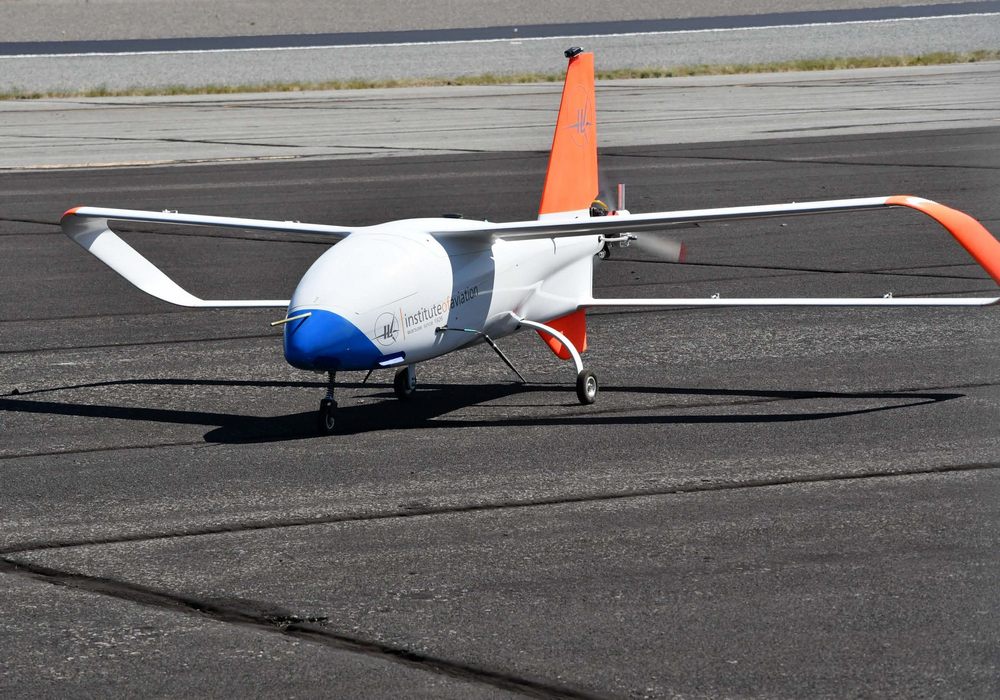
- 68. ILX-32 tests in Nevada. The purpose of the operation in the desert at the foot of the Sierra Nevada mountains was to test the ILX-32 in difficult conditions at a high base altitude (over 1500 m above sea level).
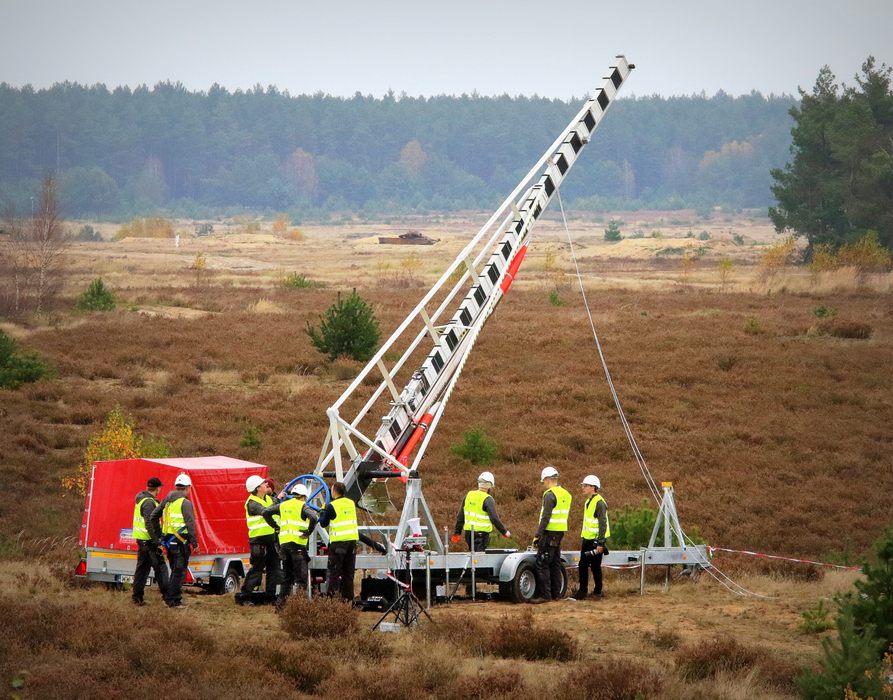
- 69. Demonstration flight for the ILR-33 AMBER rocket. The flight took place at a military training ground in Drawsko Pomorskie. The ceiling of 15 km has been reached, limited for safety reasons. The maximum possible performance of the rocket is much higher, and the maximum speed is over 1200 m/s. The design, developed at the Institute, is the first rocket in the world to use hydrogen peroxide with a concentration of 98% + as an oxidant. Year 2017.
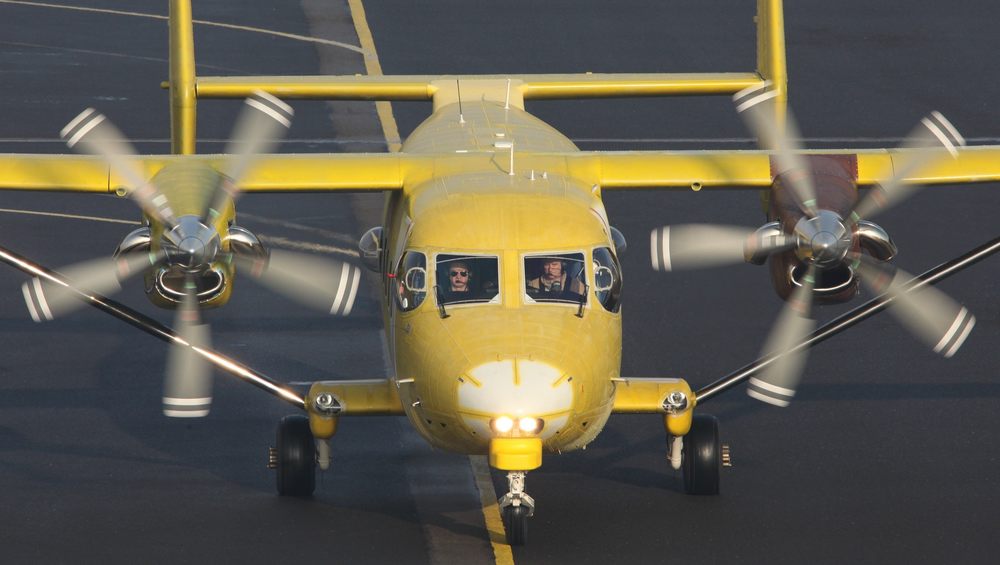
- 70. In 2020, in PZL Mielec, a Lockheed Martin Company, a flight test with composite engine nacelle on M28 aircraft has been conducted. The design of the composite engine nacelle, manufactured from innovative technologies is being developed by the Institute and seven entities consortium as part of SAT-AM project (More Affordable Small Aircraft Manufacturing) with European Commission co-financing.
| History | Logotypes | Development | People | Projects |
